How to support children with anxiety using behavior strategies
Effective Behavioral Approaches to Ease Childhood Anxiety

Understanding Childhood Anxiety and the Power of Behavior Strategies
Childhood anxiety is a common but manageable condition characterized by excessive worry, physical symptoms, and behavioral changes. Recognizing these signs early and implementing targeted behavioral strategies can significantly reduce anxiety symptoms and promote emotional resilience. This article explores practical, evidence-based methods parents and caregivers can use to support children with anxiety, emphasizing the role of behavioral techniques, professional treatments like cognitive-behavioral therapy (CBT), and the importance of a supportive environment.
Recognizing Signs and Symptoms of Anxiety in Children
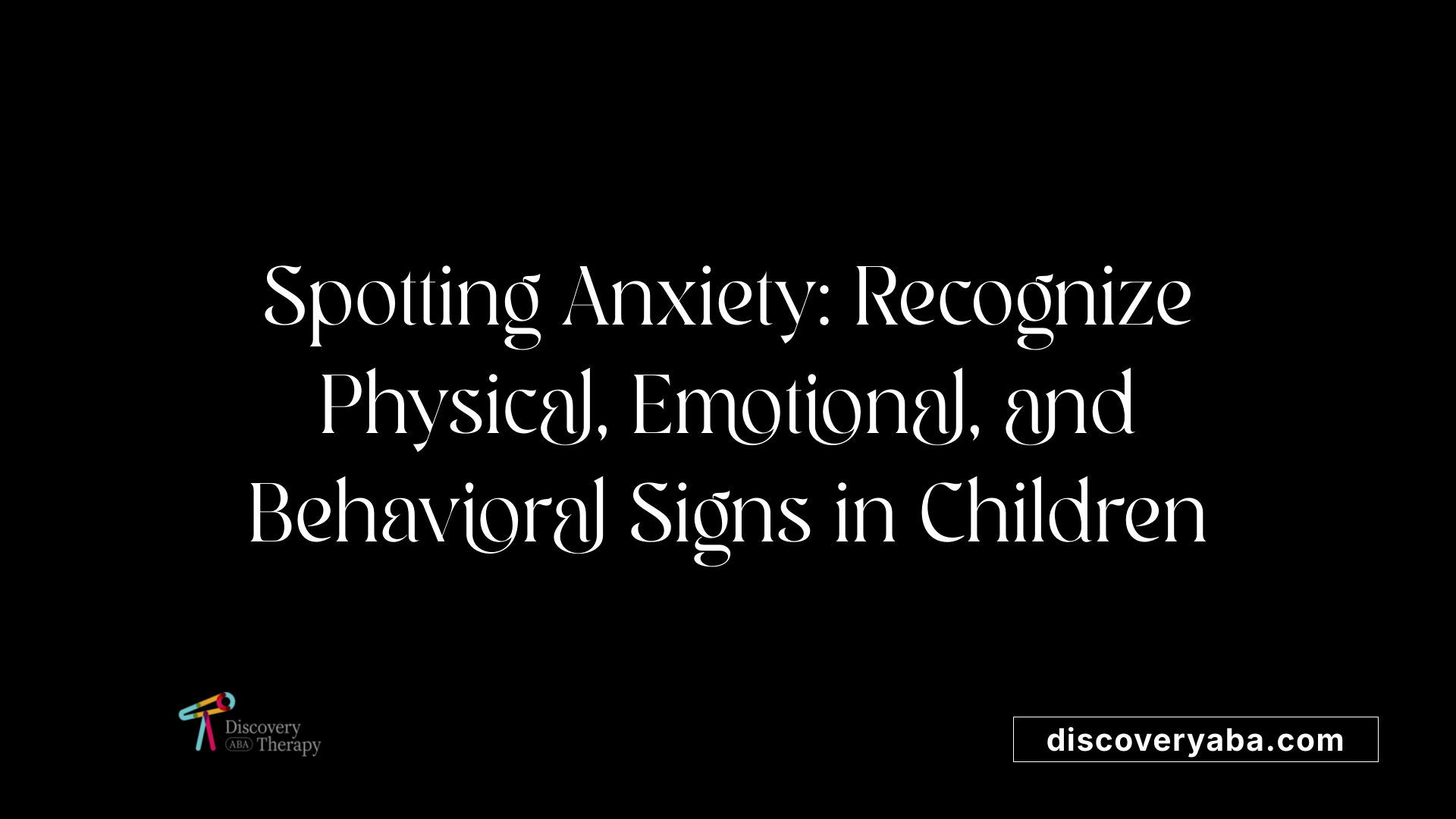
What are common signs and symptoms of anxiety in children?
Children with anxiety can show a variety of physical, emotional, and behavioral signs. Physically, they often complain of stomachaches, headaches, muscle tension, and trouble sleeping. These physical symptoms may be persistent and seem disproportionate to any medical issues.
Emotionally, anxious children tend to worry excessively about future events, which might manifest as fears of upcoming tests, social interactions, or separation from parents. They might also experience nightmares, feelings of being easily overwhelmed, or sensitivity to criticism.
Behaviorally, they may avoid situations that trigger their anxiety, such as going to school, participating in social activities, or trying new things. They frequently seek reassurance and may display signs of irritability, restlessness, or refusal to leave a safe environment.
Manifestations such as stomachaches, headaches, excessive worry, and avoidance
These symptoms are often intertwined. For example, a child who fears social situations might complain of stomachaches or headaches beforehand. They may refuse to attend school or participate in activities they once enjoyed. Such behaviors are signals that anxiety is affecting their daily life.
Importance of early recognition for effective management
Detecting these signs early is crucial. When parents, teachers, and caregivers recognize the symptoms promptly, they can seek professional help and implement supportive strategies. Early intervention, particularly with therapies like cognitive-behavioral therapy (CBT), can significantly reduce anxiety levels and help children develop healthy coping skills.
Understanding and observing these signs ensures that children receive the support they need to manage their anxiety effectively, improving their overall well-being and ability to function confidently in their daily environments.
Supporting Children with School Anxiety: Strategies for Parents
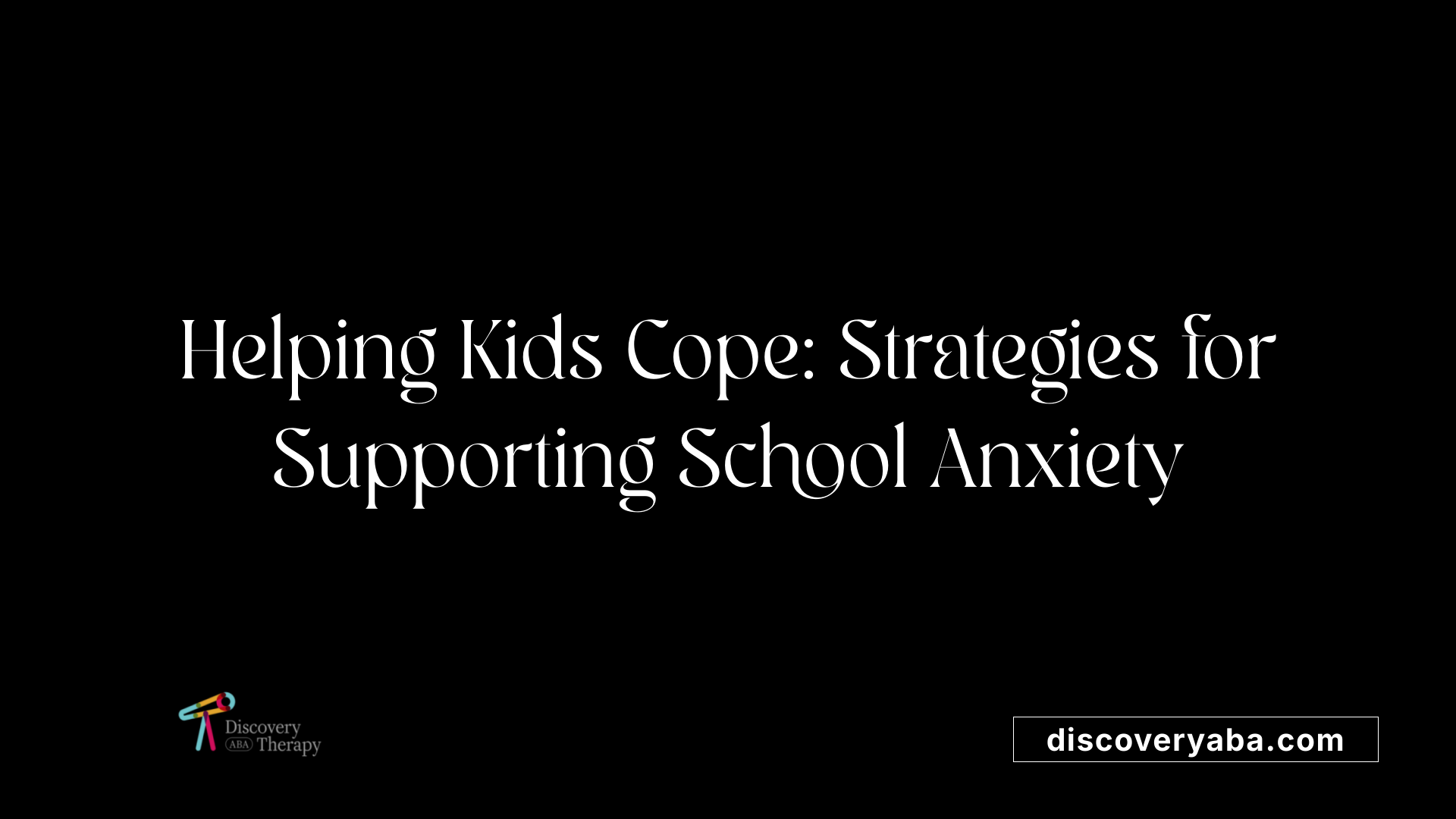
How can parents help children with anxiety about school?
Parents play a vital role in helping children manage school-related anxiety by creating a safe and predictable environment. Establishing routines that are consistent and simple helps children feel more secure, reducing uncertainty and fear.
Open communication is essential. Parents should encourage their children to talk about their worries during calm moments, listening without judgment. Validating these feelings and normalizing anxiety helps children feel understood and supported.
Teaching relaxation techniques like deep breathing or mindfulness exercises can empower children to calm themselves during stressful moments. For example, practicing slow diaphragmatic breathing or visualization can reduce physiological symptoms of anxiety.
Gradual exposure to feared school situations through a structured fear ladder allows children to confront their fears step-by-step. Starting with less anxiety-provoking activities and gradually increasing difficulty helps build confidence and resilience.
Celebrating small successes and encouraging effort reinforce positive behavior. Praising bravery and perseverance boosts self-esteem and motivates children to face future challenges.
Maintaining a compassionate attitude and avoiding over-reassurance or safety behaviors support independent coping. If anxiety severely disrupts the child's daily functioning, seeking guidance from healthcare professionals such as GPs, school counselors, or child psychologists is advised.
Overall, combining a supportive home environment with gradual, controlled exposure and coping strategies enables children to develop confidence and manage school anxieties effectively.
Behavior Strategies to Support Children with Anxiety
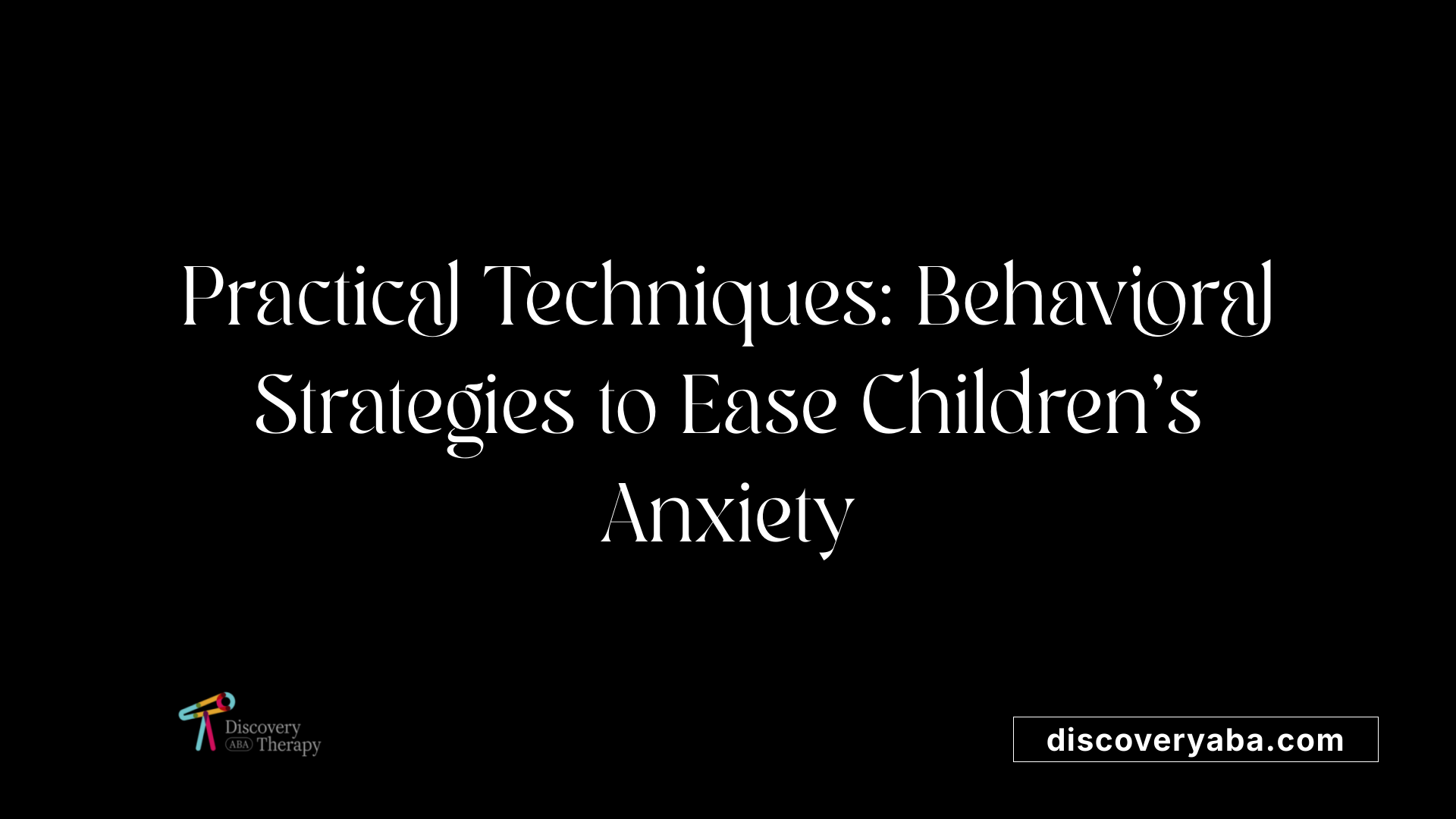
How can behavioral strategies support children with anxiety?
Supporting children with anxiety involves a combination of practical and emotional techniques that help them gradually face their fears and develop better coping skills. One effective method is gradual exposure, where children systematically confront anxiety-provoking situations in small, manageable steps. This approach, often called fear hierarchies, ensures children build confidence while reducing avoidance.
Teaching relaxation techniques, such as deep breathing exercises and grounding methods, can help children calm their physiological responses to anxiety. These techniques are simple to learn and can be practiced regularly to promote a sense of control and relaxation, especially during stressful moments.
Maintaining predictable routines and creating a safe environment are essential. Consistent schedules reduce uncertainty and provide stability, which can lessen anxiety. A calm and supportive space allows children to feel secure and more willing to try new behaviors.
Validating children’s feelings is also vital. Recognizing and normalizing their worries helps them understand that it’s okay to feel anxious sometimes. Parents and caregivers can model calming behaviors, like speaking in a soothing tone and demonstrating patience, which encourages children to imitate these coping strategies.
In addition, teaching cognitive skills such as detective thinking empowers children to challenge their negative thoughts. This involves analyzing and questioning worries to determine if they are realistic, helping to diminish exaggerated fears.
Using these behavioral techniques, especially when combined with professional therapy like cognitive-behavioral therapy (CBT), can significantly improve a child's emotional regulation, reduce avoidance, and foster resilience.
The Role of Cognitive-Behavioral Therapy (CBT) in Managing Anxiety
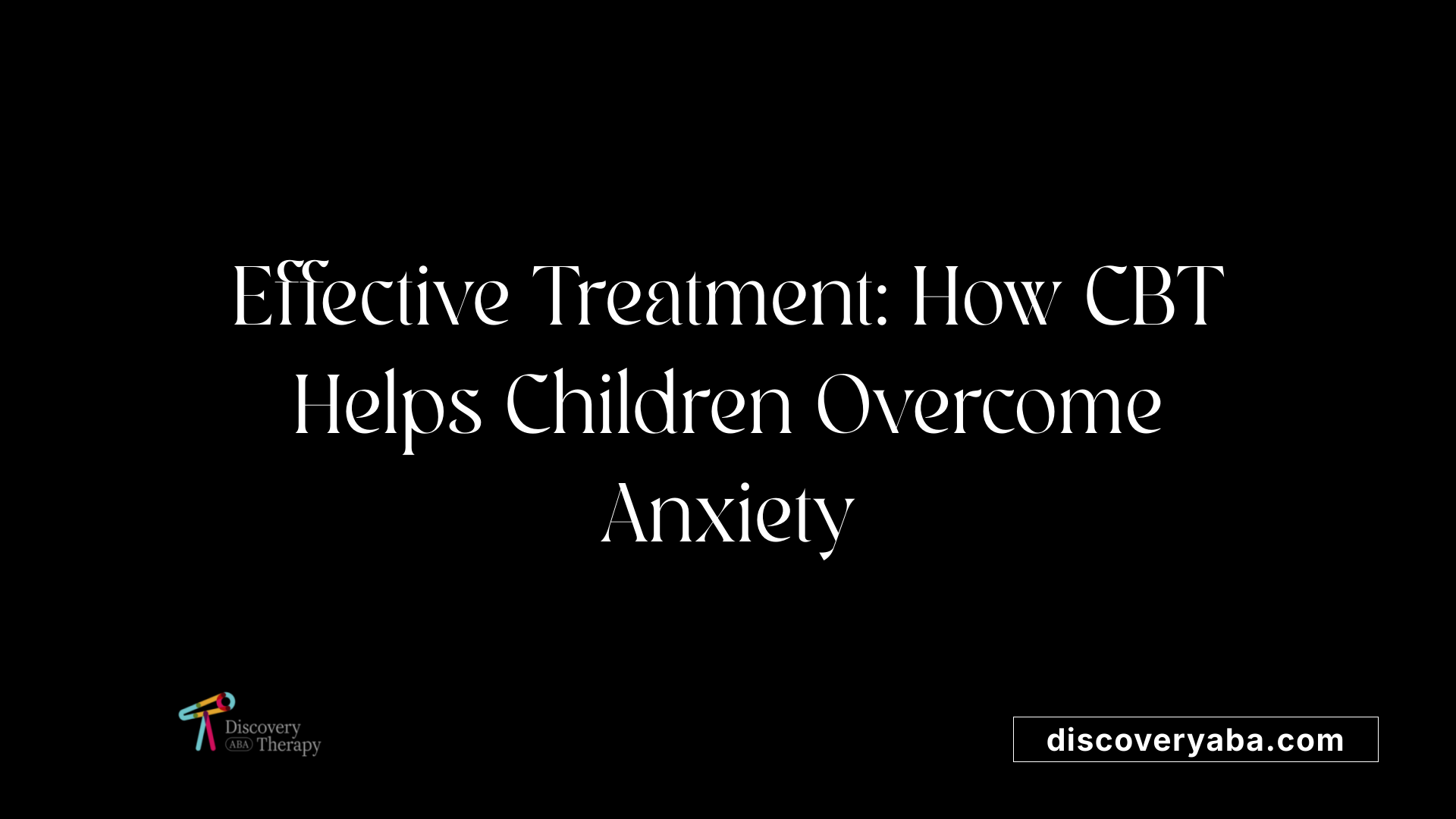
What are the benefits of cognitive-behavioral therapy (CBT) for children with anxiety?
Cognitive-behavioral therapy (CBT) is recognized as the most effective treatment for children experiencing mild to moderate anxiety. It works by helping children identify and change negative or unhelpful thoughts that contribute to their worries, often referred to as cognitive restructuring. This process enables children to view their fears more realistically, reducing the intensity of their anxiety.
An essential element of CBT is exposure therapy, where children are gradually introduced to feared situations or stimuli in controlled ways, fostering new, calmer responses. Alongside this, skills training teaches children coping techniques like relaxation and problem-solving, helping them manage physiological symptoms and avoidance behaviors.
Research shows that about 66% of children undergoing CBT experience significant improvement, with many no longer meeting the criteria for an anxiety disorder after completing therapy. The benefits extend beyond immediate symptom relief, promoting long-term resilience by strengthening brain pathways involved in emotion regulation and reducing the likelihood of future anxiety episodes.
Moreover, CBT's structured approach—using hierarchies of fears and relapse prevention strategies—empowers children to face challenges gradually and confidently. This systematic method not only diminishes existing anxiety symptoms but also equips children with lifelong skills to handle stress and adversity, contributing to overall mental health and well-being.
Implementing Exposure Therapy: Systematic Steps for Children
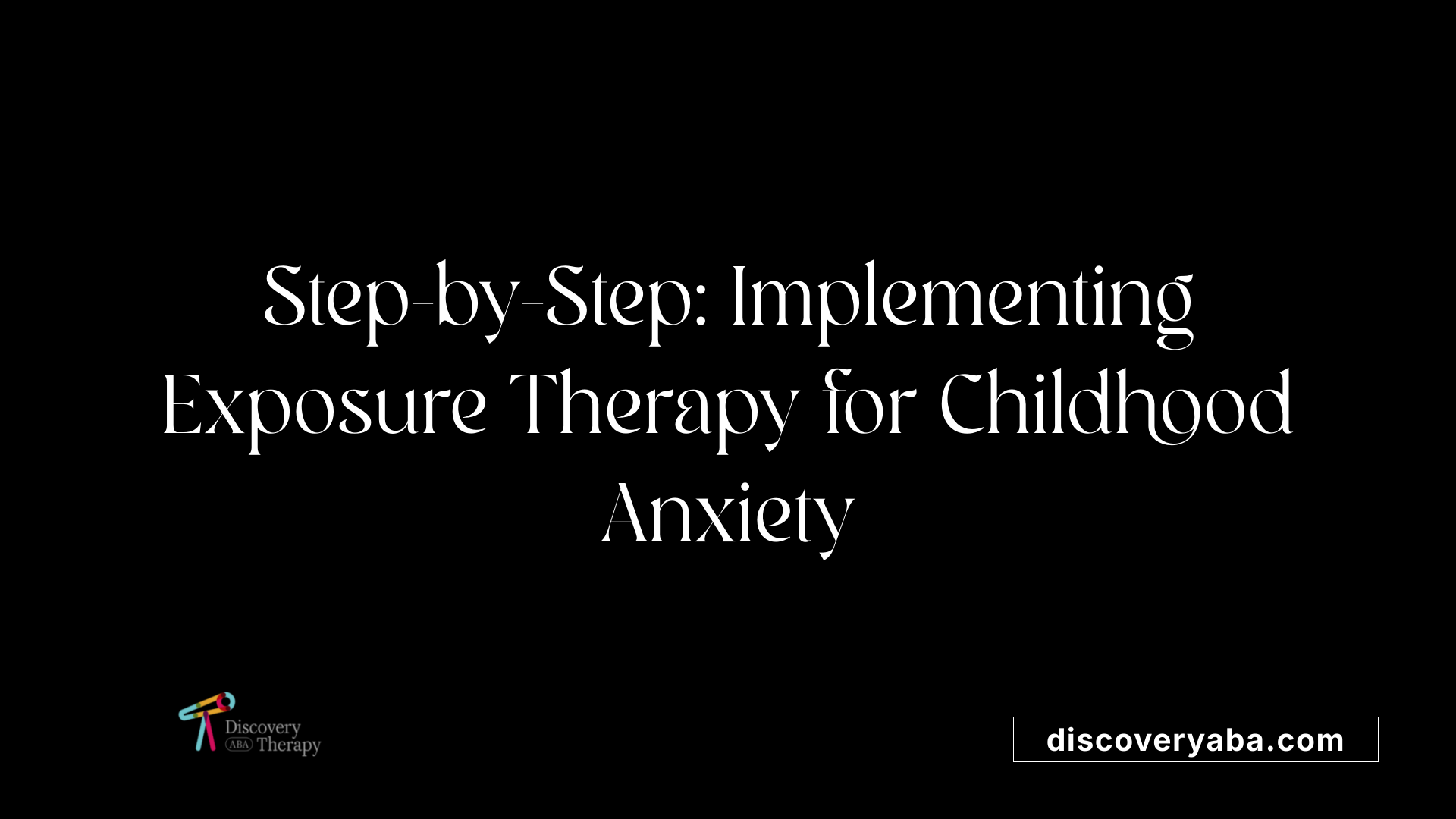
What professional treatments are effective for childhood anxiety?
Effective professional treatments for childhood anxiety mainly include cognitive-behavioral therapy (CBT), which is the preferred approach for mild to moderate cases. CBT helps children understand how their thoughts, feelings, and behaviors are connected. This therapy employs techniques such as cognitive restructuring—challenging negative thoughts—and exposure therapy, where children face their fears gradually.
In exposure therapy, children are guided through a hierarchy of feared stimuli, starting from least anxiety-provoking and progressing to more challenging situations. When combined with other CBT techniques, this approach reduces avoidance behaviors and helps break the cycle of anxiety.
For more severe anxiety, combining CBT with medication, such as selective serotonin reuptake inhibitors (SSRIs), can improve outcomes. Treatment usually spans 12 to 16 weeks, often involving multiple weekly sessions. Many children experience significant improvements, with around two-thirds becoming symptom-free, and these benefits often last long after therapy ends.
Creating a fear hierarchy of small, manageable steps
The first step in implementing exposure therapy is to create a detailed fear hierarchy. This lists feared situations or objects ranked from least to most anxiety-inducing. For example, a child afraid of dogs might start with looking at pictures of dogs, then visiting a park with a dog on a leash, and eventually petting a calm dog.
Gradual and controlled exposure to triggers
Children are gradually exposed to these triggers in a safe and controlled environment, often facilitated by a trained therapist. This gradual approach helps prevent overwhelm and builds confidence, showing the child that their fears may not come true or are more manageable than perceived.
Breaking exposure tasks into manageable parts
Exposures should be broken into small, manageable steps. Each step should be practiced repeatedly until the child feels comfortable before moving on to the next, more challenging task. This process, called graded exposure, promotes skill mastery and reduces anxiety through experience.
Debriefing and reinforcing successes after each step
After each exposure, it’s vital to debrief. Therapists or parents encourage children to discuss what happened, praise their efforts, and reinforce their successes. Celebrating these small victories boosts confidence and motivation to continue progressing.
Using rewards to motivate progress
Rewards such as verbal praise, tangible incentives, or additional free time reinforce positive behaviors. These rewards should be given after successful completion of exposure tasks, not before, to reinforce the sense of achievement and encourage continued effort.
| Step | Activity | Goal | Additional Notes |
|---|---|---|---|
| 1 | Looking at pictures of dogs | Exposure to dog-related stimulus | Start with minimal real-world contact |
| 2 | Watching a dog from a distance | Reduce initial fear | Use a secure, safe environment |
| 3 | Visiting a park with a dog on a leash | Face mild real-world exposure | Supervised and calm setting |
| 4 | Petting a calm dog | Comfort with touch | Gradual tactile exposure |
| 5 | Interacting with a dog alongside a parent | Building confidence | Support from trusted adult |
By following these steps, children learn to confront anxiety triggers systematically, gaining confidence and reducing their fears over time. Continuous support and positive reinforcement are essential throughout the process.
Building Confidence and Resilience Through Positive Reinforcement and Routines
Helping children build confidence and resilience is an essential part of managing anxiety. One effective approach involves using praise and rewards to reinforce brave behaviors. For example, acknowledging a child's effort when they face a difficult situation or try a new activity can boost their self-esteem and motivation. Rewards, whether verbal praise or tangible incentives, encourage continued progress and help children associate overcoming fears with positive outcomes.
Involving children in household tasks and challenges can also foster self-trust. Assigning age-appropriate responsibilities, like setting the table or organizing their belongings, teaches independence and competence. Celebrating their successes, no matter how small, reinforces a sense of achievement and capability.
Fostering self-trust and optimism is further supported by establishing daily routines and setting realistic expectations. Consistent schedules provide predictability, reducing uncertainty that may trigger anxiety. Clear, achievable goals help children experience success step by step, building their confidence.
Encouraging social connections and positive interactions plays a vital role in resilience. Facilitating opportunities for children to engage with peers and family members helps develop social skills and emotional support networks. These connections create a sense of belonging and security, making it easier for children to cope with stress.
By integrating these strategies—positive reinforcement, routines, realistic expectations, and social engagement—parents and caregivers can help children develop the confidence and resilience needed to face anxiety-provoking challenges effectively.
Supporting and Collaborating with Parents and Educators
Building a supportive environment for children with anxiety requires active collaboration between parents, teachers, and healthcare providers. Parental modeling plays a crucial role; when parents demonstrate calm coping strategies, such as deep breathing and positive self-talk, children learn to mirror these effective behaviors. Consistency in routines and responses also helps children feel secure and understand expectations.
Involving teachers in supporting children’s emotional needs is essential. Teachers can create calm classroom settings, use positive reinforcement, and help implement behavioral strategies like reward systems for brave behavior. Regular communication between parents and teachers ensures that supportive strategies are reinforced both at home and school.
Several resources and tools are available to facilitate behavioral change. Programs like Camp Cope-A-Lot provide online modules teaching anxiety management skills, while screening tools such as ΛDΛM’s TELL and TALK help in early identification of anxiety levels. These resources enable tailored interventions and promote early support.
Encouraging collaboration among caregivers, schools, and health professionals ensures that children receive comprehensive care. Family therapy, school counseling, and professional therapy like cognitive-behavioral therapy (CBT) work together to address individual needs effectively.
Supporting parent self-care and education is equally important. Parental well-being directly impacts their ability to support their child's emotional health. Access to reputable online resources, support groups, and psychoeducational programs can empower parents with knowledge and coping strategies. When parents feel supported and informed, they are better equipped to help their children manage anxiety delays and setbacks.
By fostering these collaborative efforts, caregivers and educators can create a nurturing environment that not only addresses anxiety symptoms but also builds resilience and confidence in children.
Supporting Children with Anxiety: A Lifelong Journey of Resilience and Confidence
Supporting children with anxiety requires patience, understanding, and a commitment to applying practical, evidence-based behavior strategies. By recognizing early signs, validating their feelings, encouraging gradual exposure, and teaching relaxation techniques, parents and caregivers can help children develop the skills to manage anxiety effectively. Combining these approaches with professional treatments like CBT ensures a comprehensive support plan tailored to each child's needs. Creating a nurturing environment, fostering open communication, and providing positive reinforcement will empower children to face their fears confidently, building resilience that benefits them throughout life.
References
- Helping children manage anxiety - Mayo Clinic Health System
- Implementing Cognitive-Behavioral Therapy in Children and ...
- 10 Parenting Strategies for Helping Anxious Children
- Behavioral Treatment for Kids With Anxiety | Child Mind Institute
- Anxiety and Depression in Children | Children's Mental Health - CDC
- How to Help a Child with Anxiety Disorder | Southeast BH
- Supporting A Child With Anxiety | Tips and Advice | YoungMinds
- CBT for Childhood Anxiety | Empower Your Child
- Navigating Anxiety in Children and Tweens: A Guide for Professionals
Does Your Child Have An Autism Diagnosis?
Learn More About How ABA Therapy Can Help
Find More Articles
Contact us
North Carolina, Tennessee, Nevada, New Jersey, Utah, Virginia
New Hampshire, Maine
Massachusetts, Indiana, Arizona, Georgia
.avif)



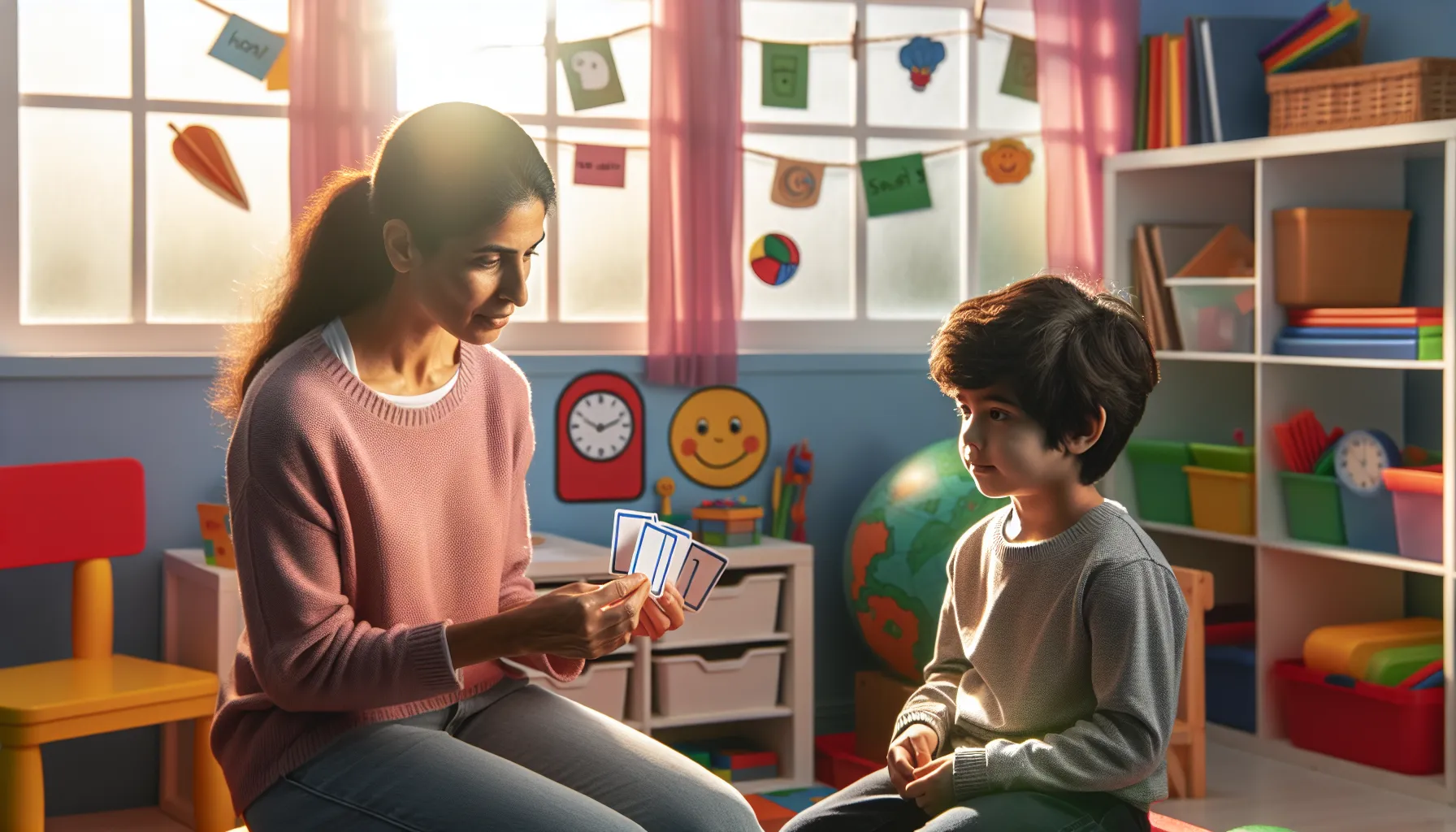
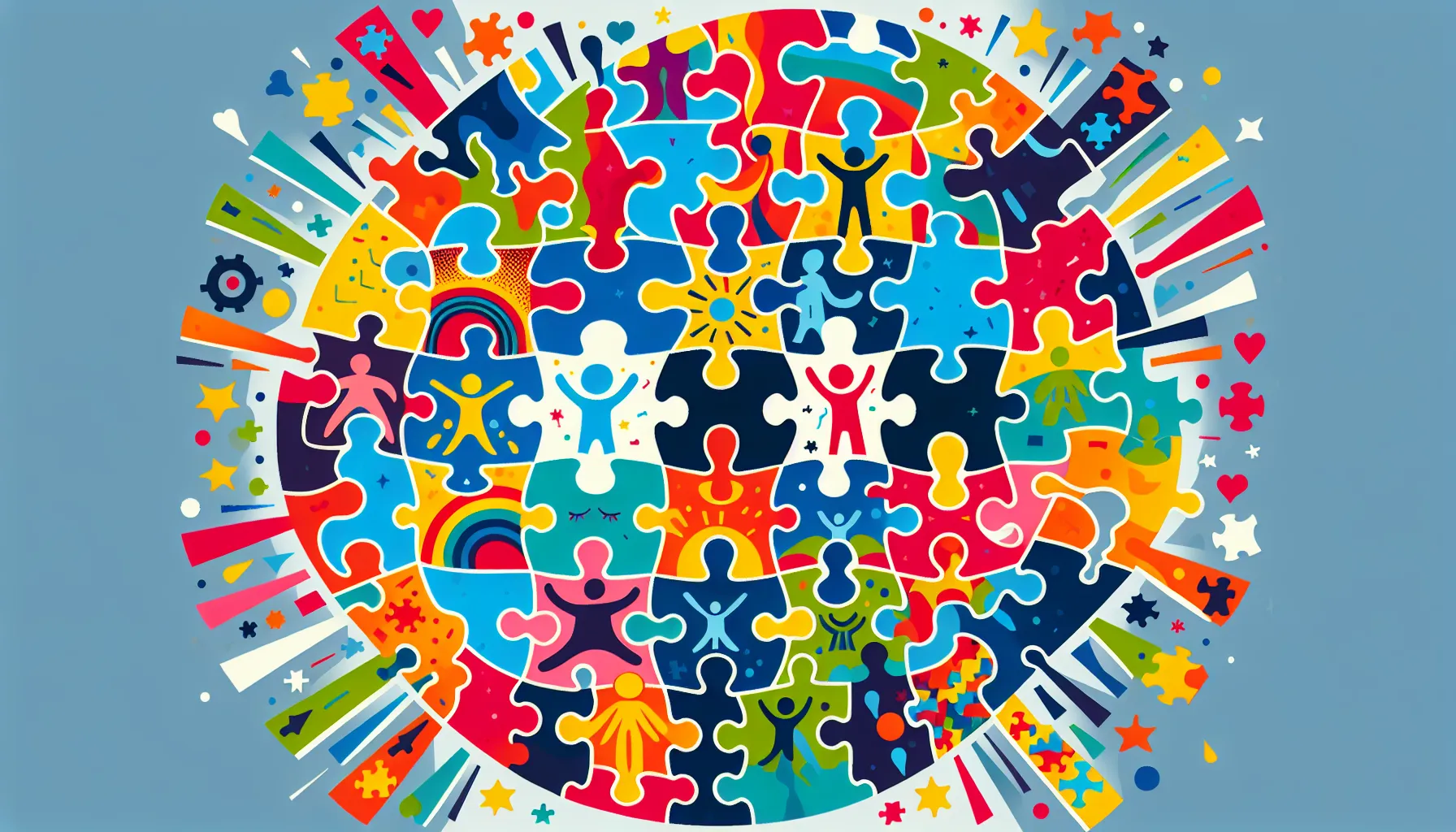



.jpeg)


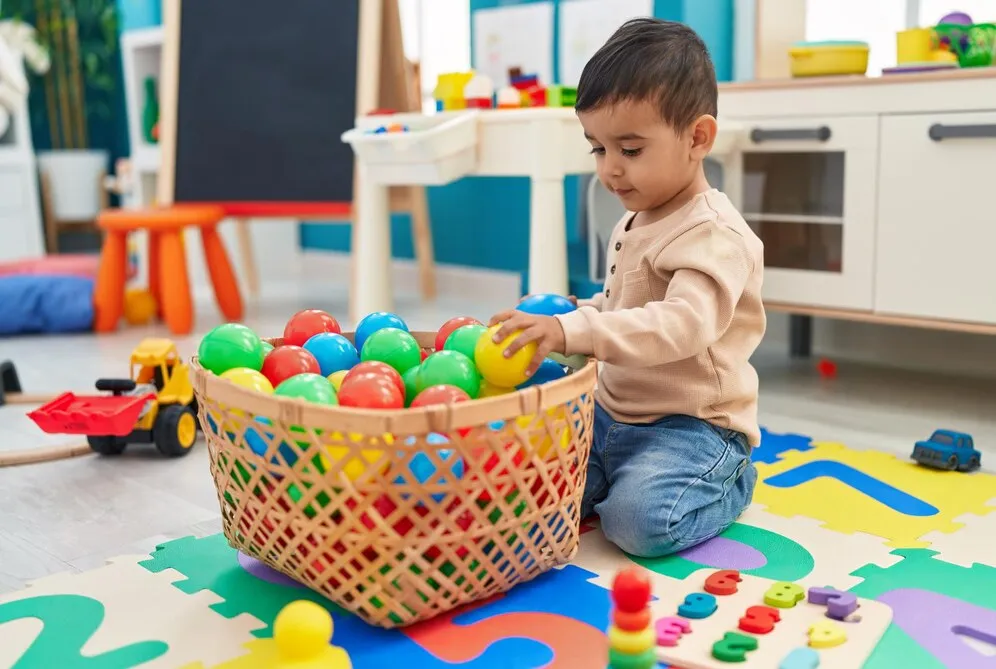

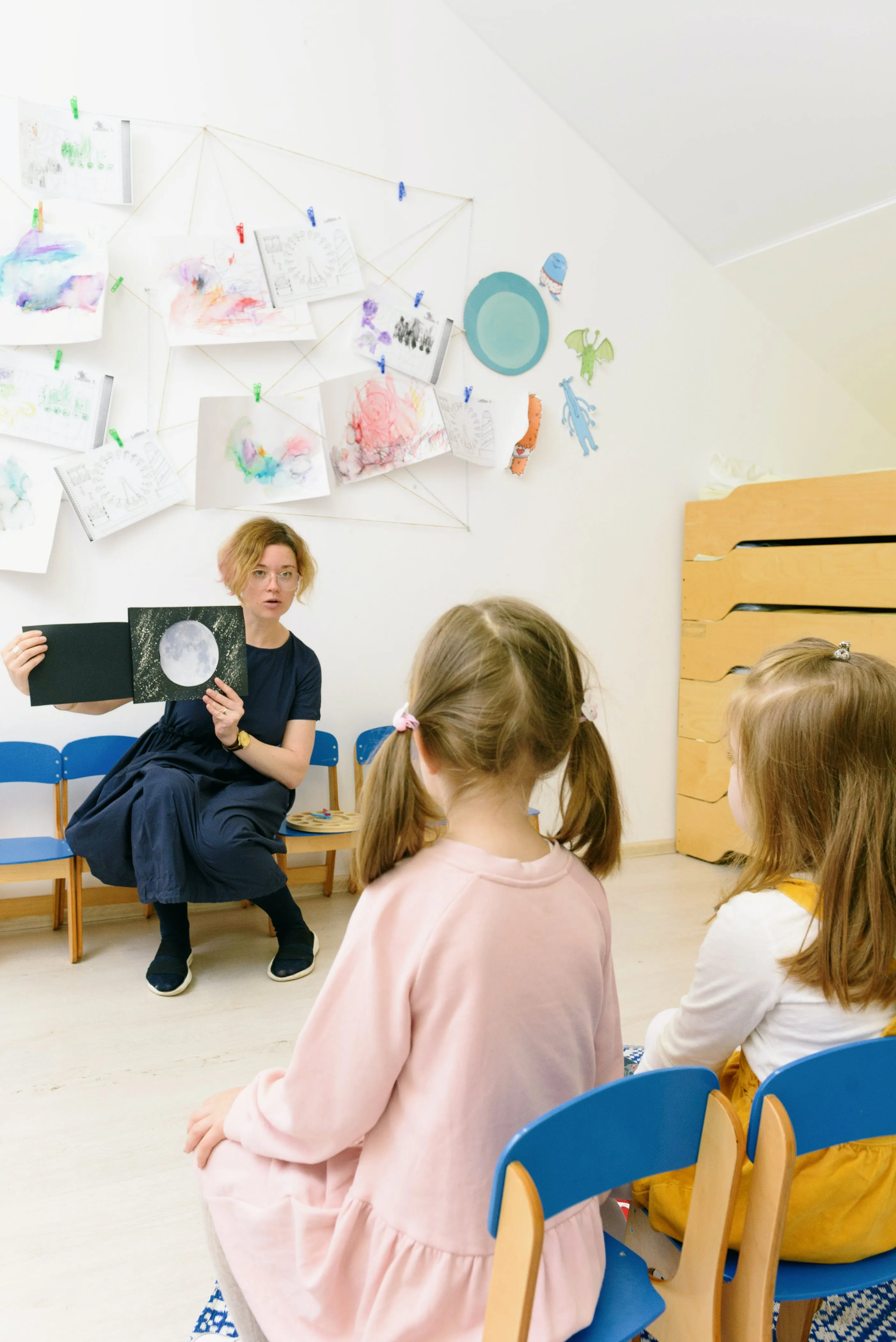

.jpeg)
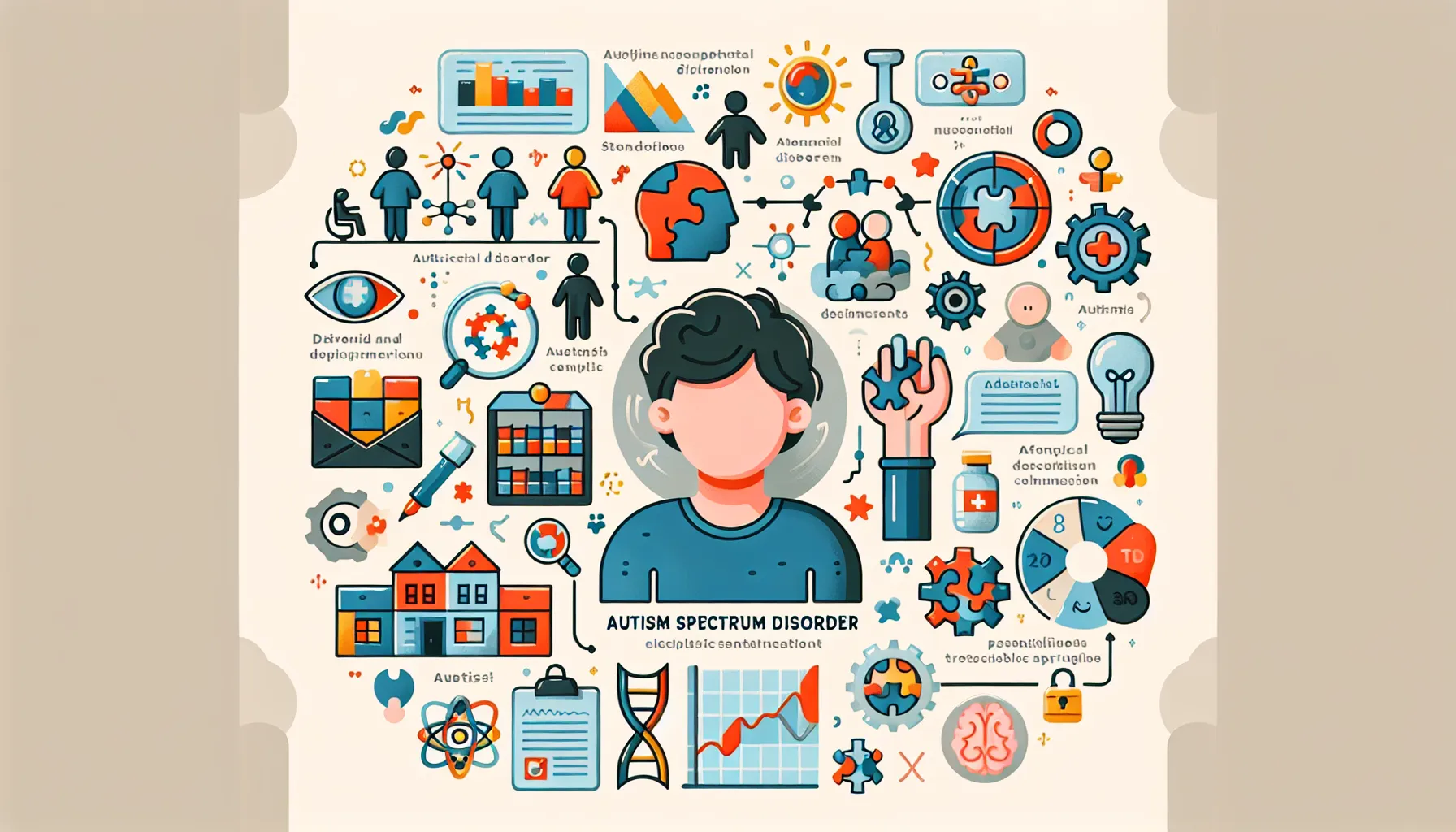
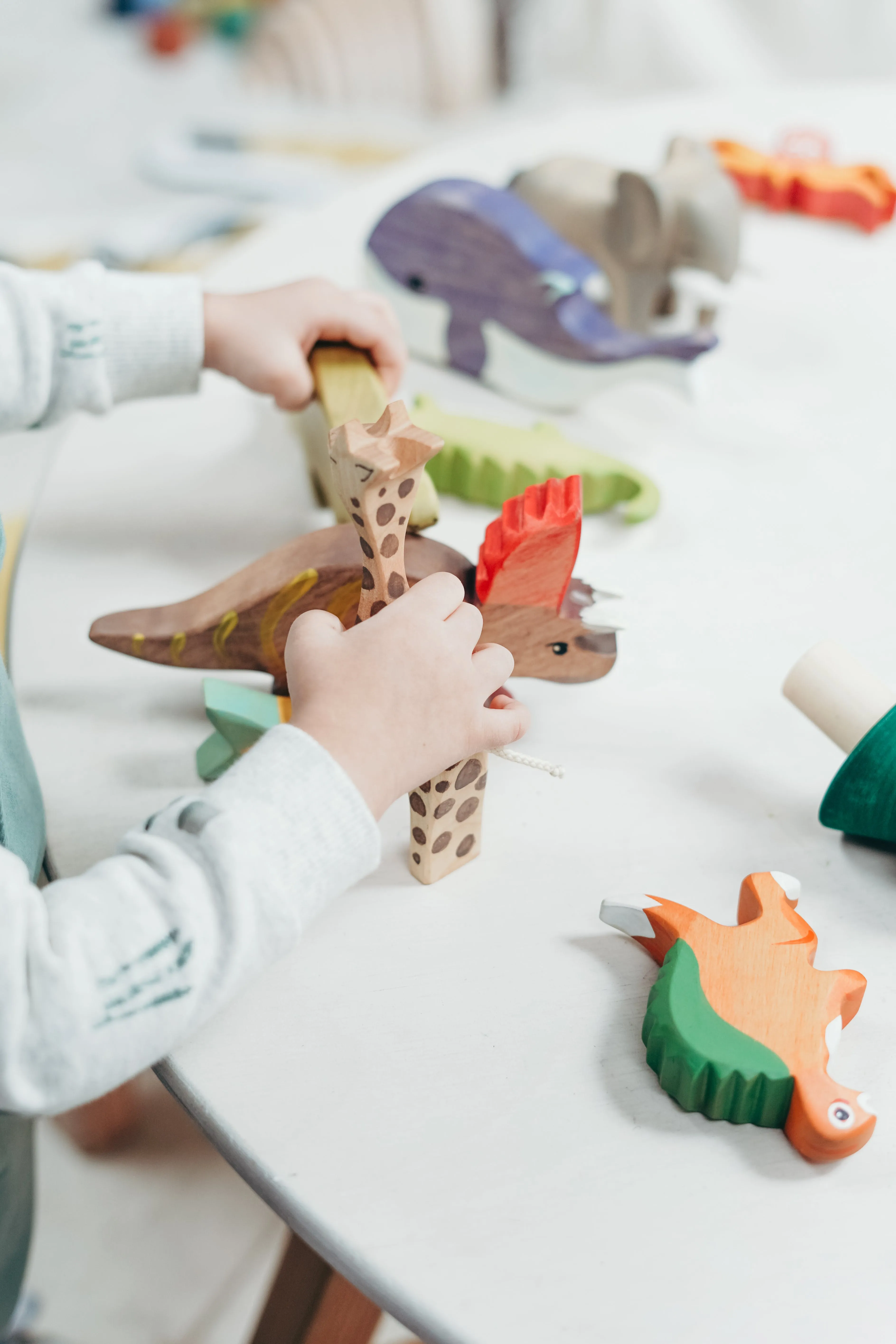


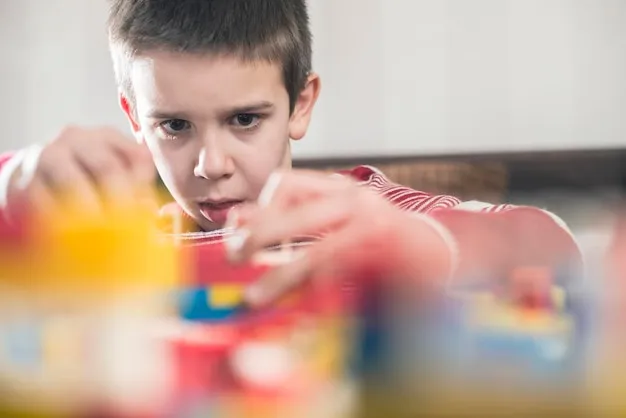
.jpeg)



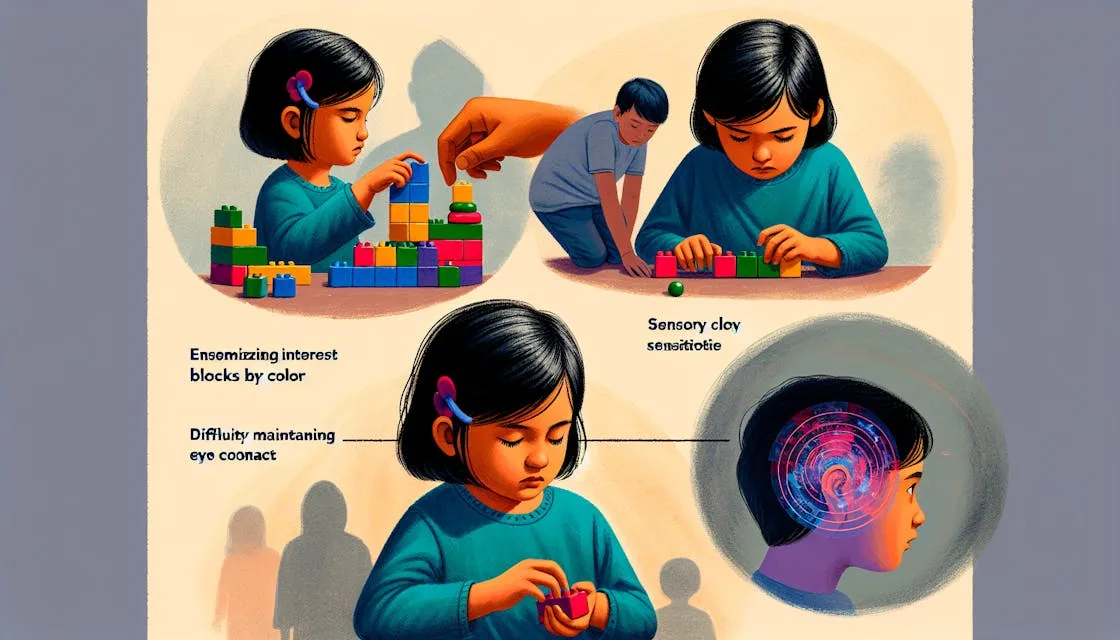


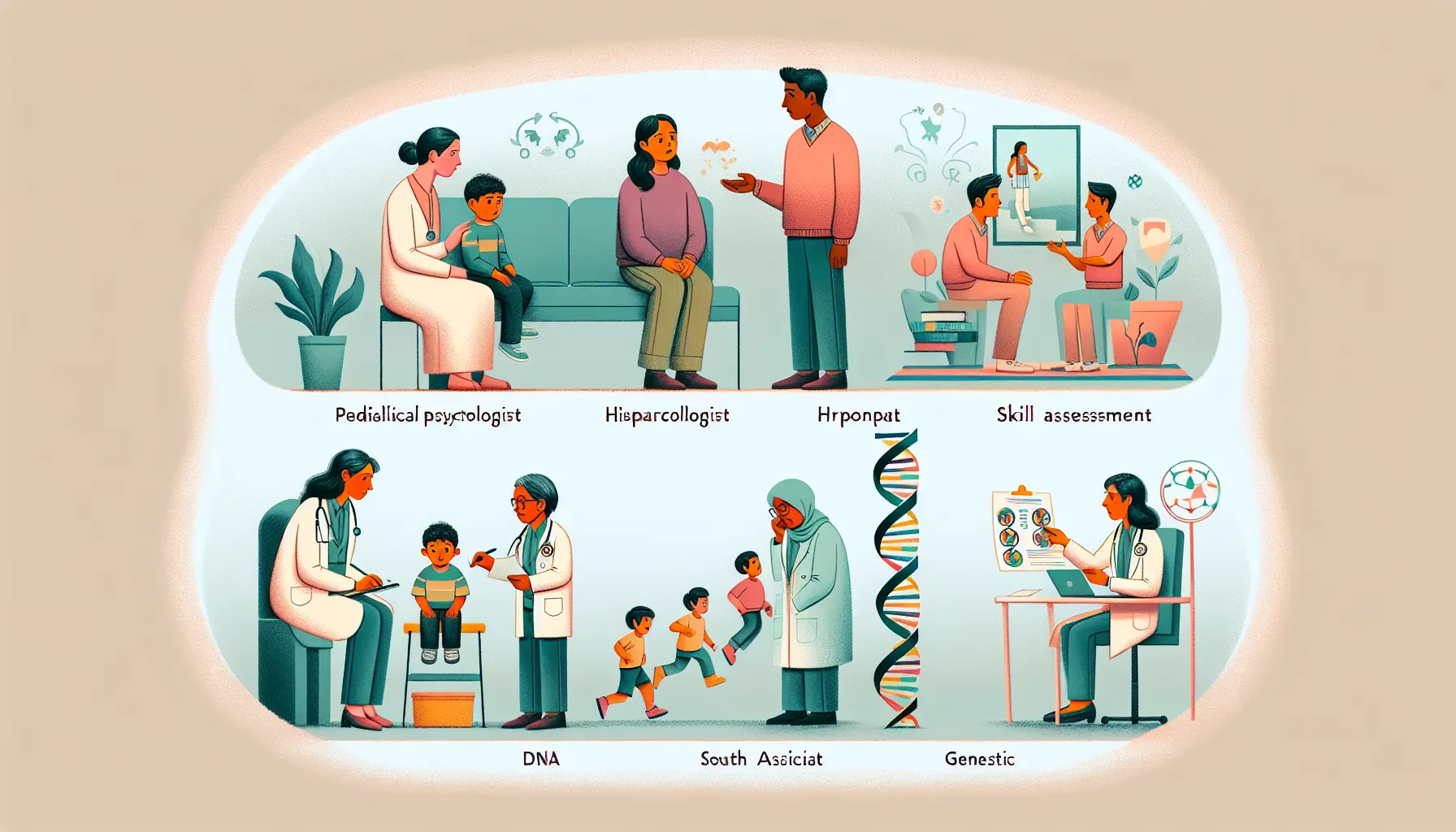
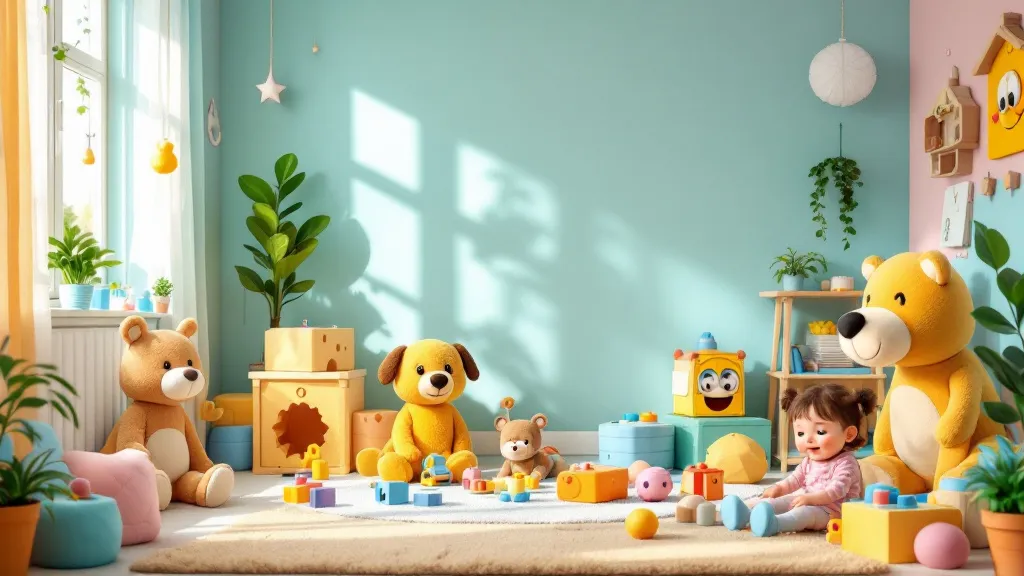
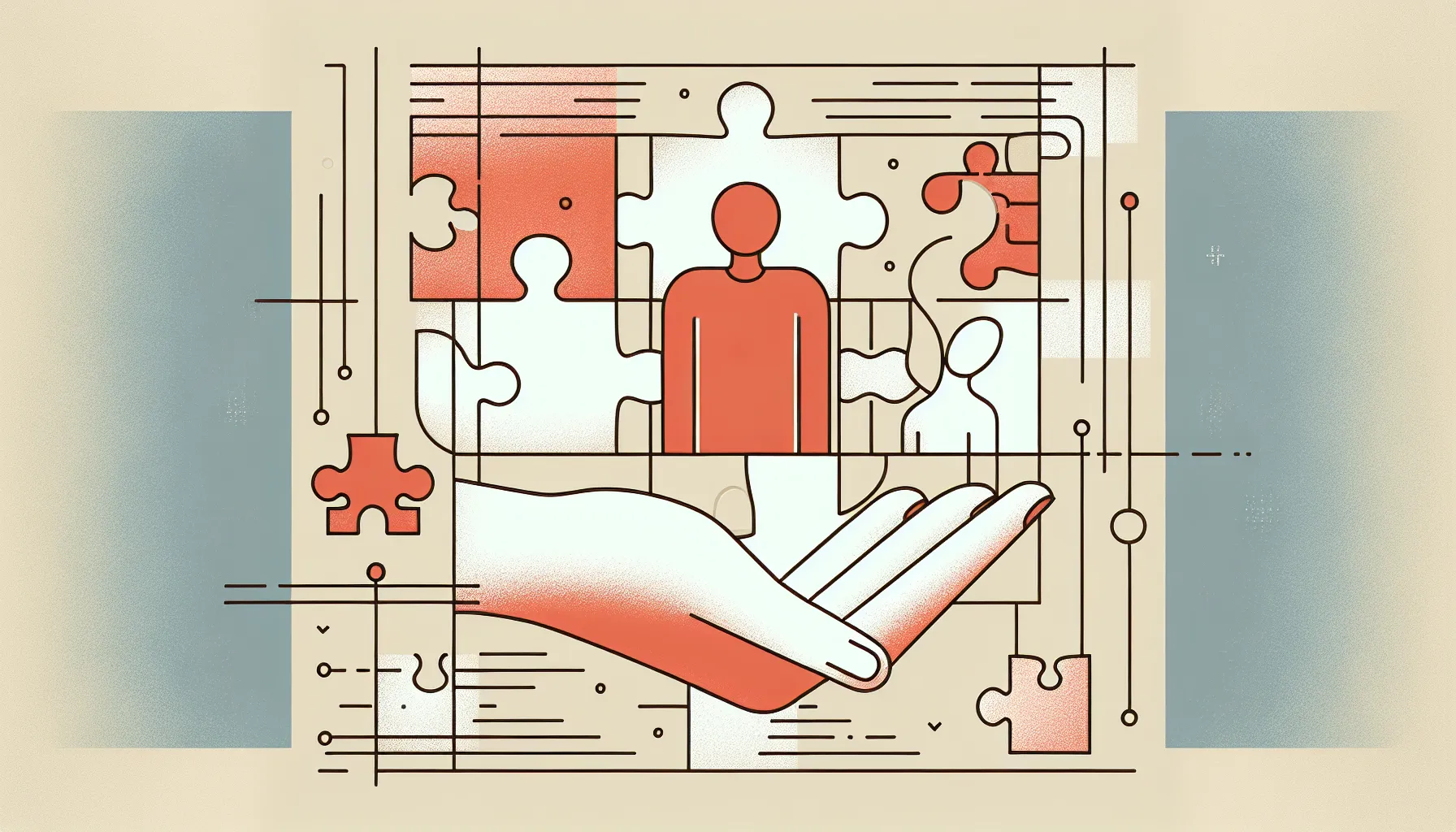

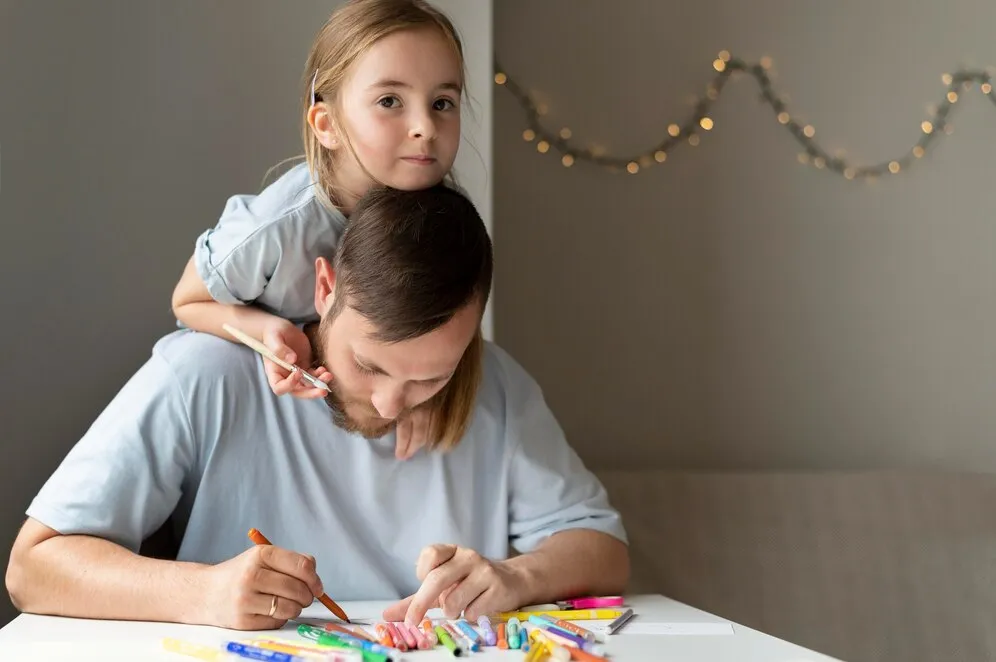
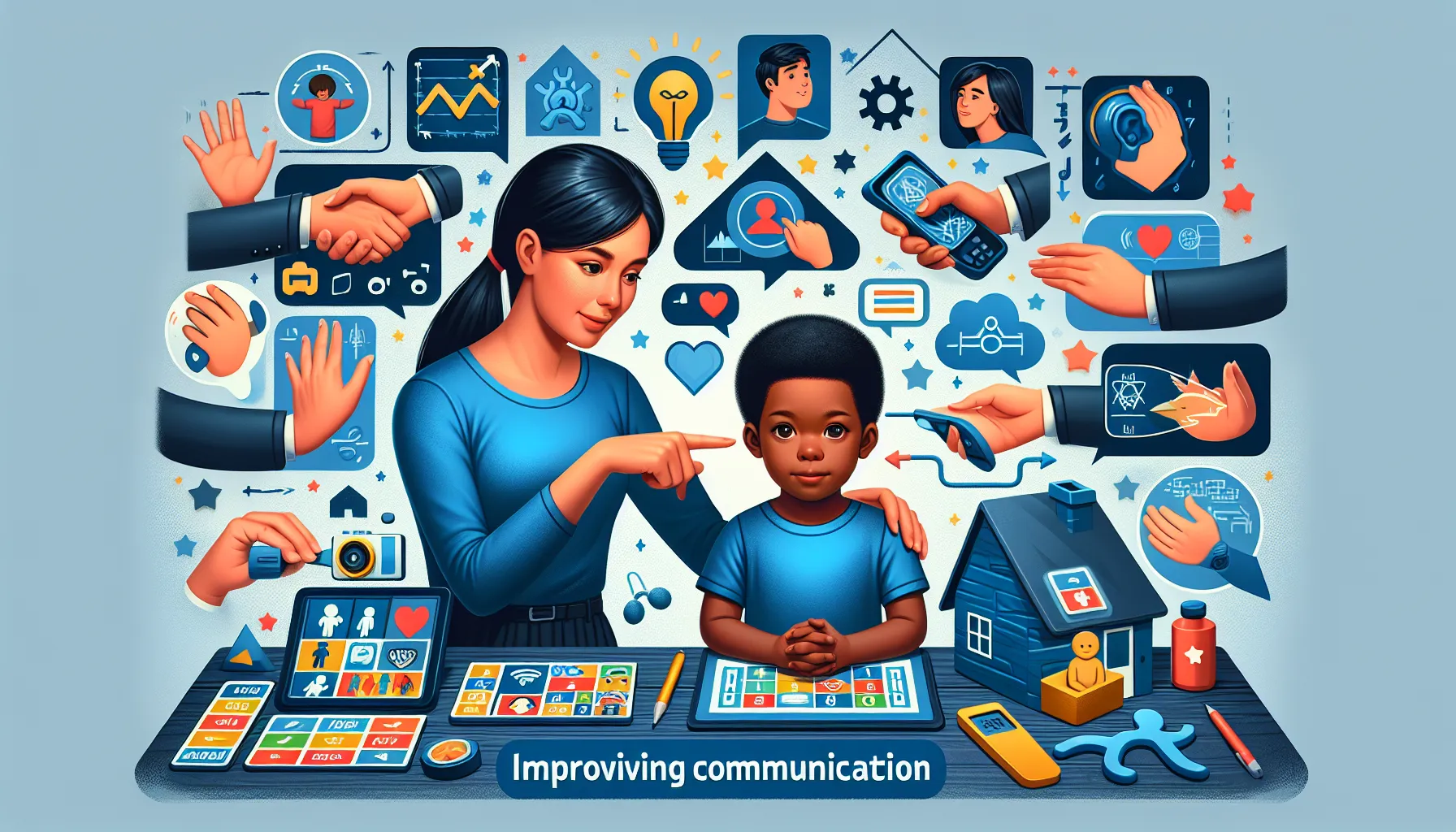
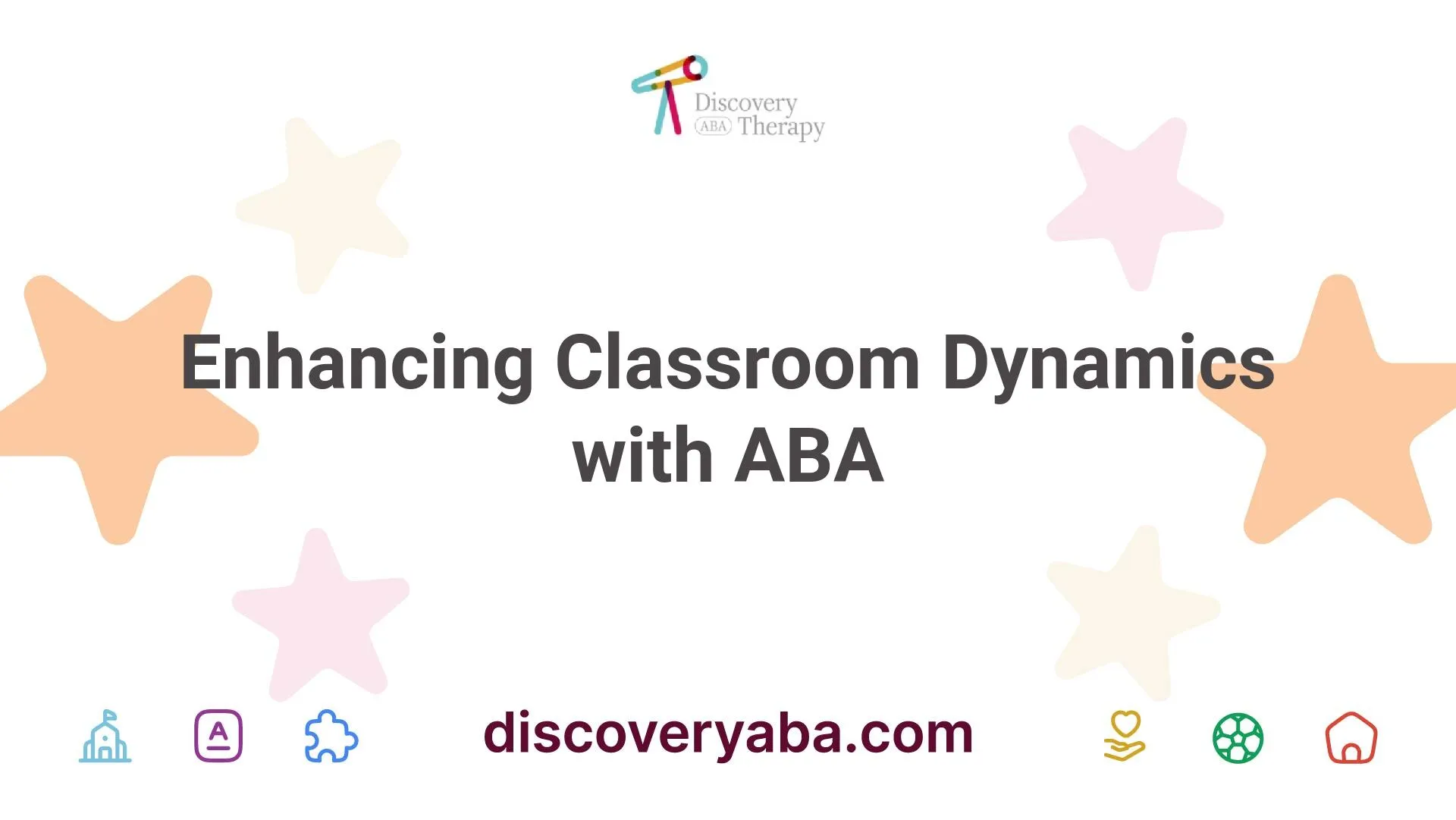
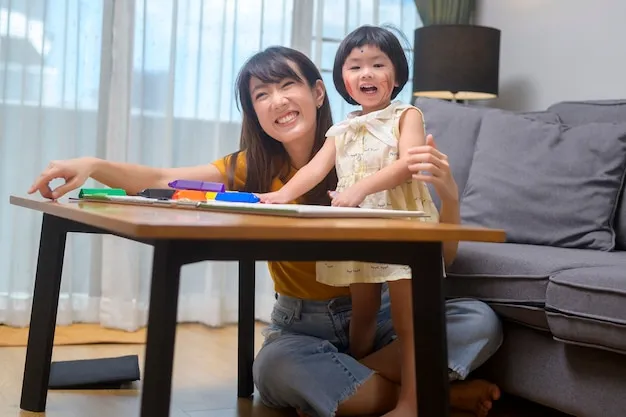
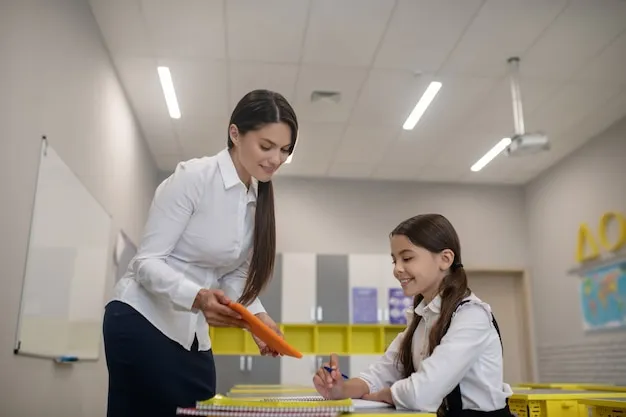

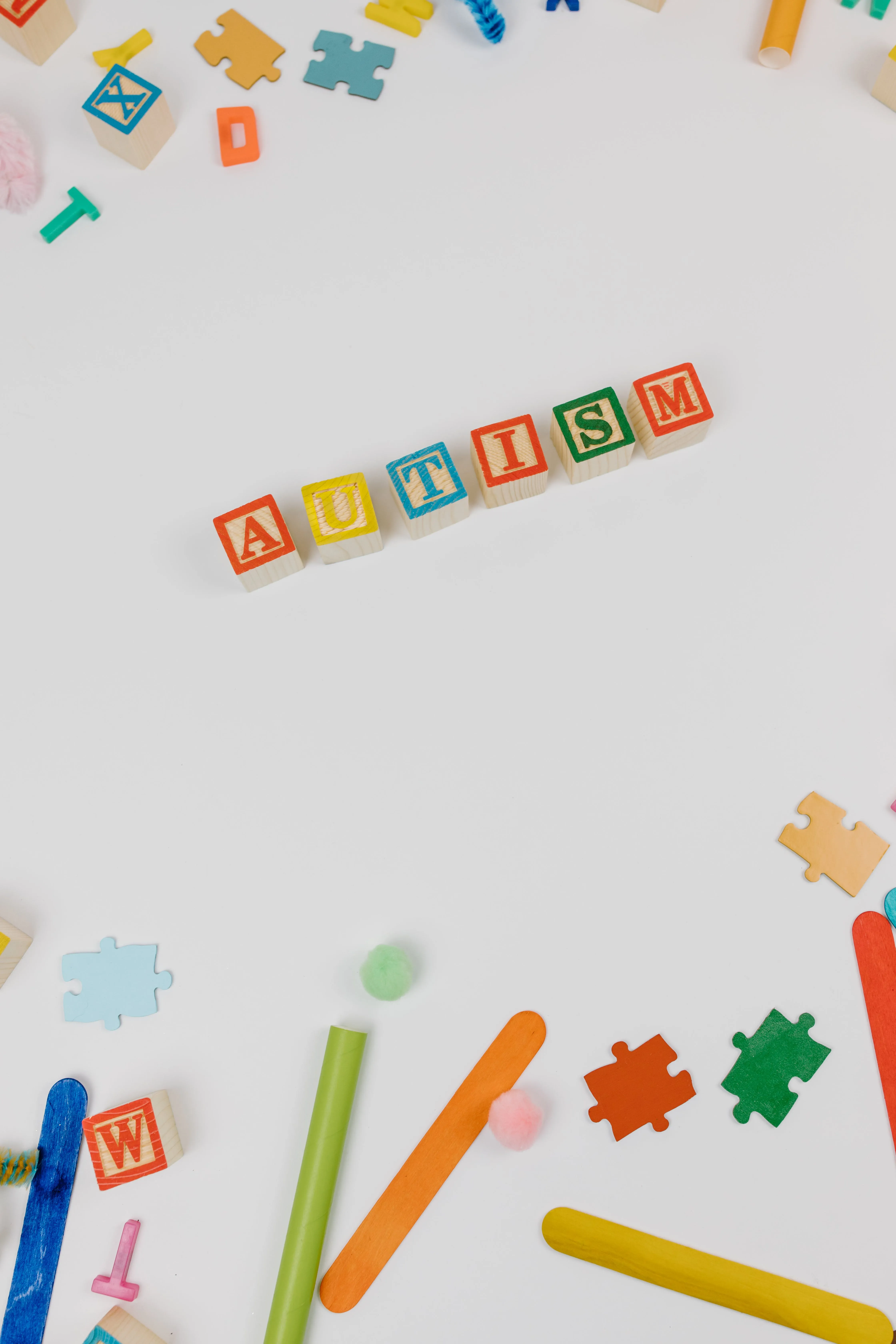
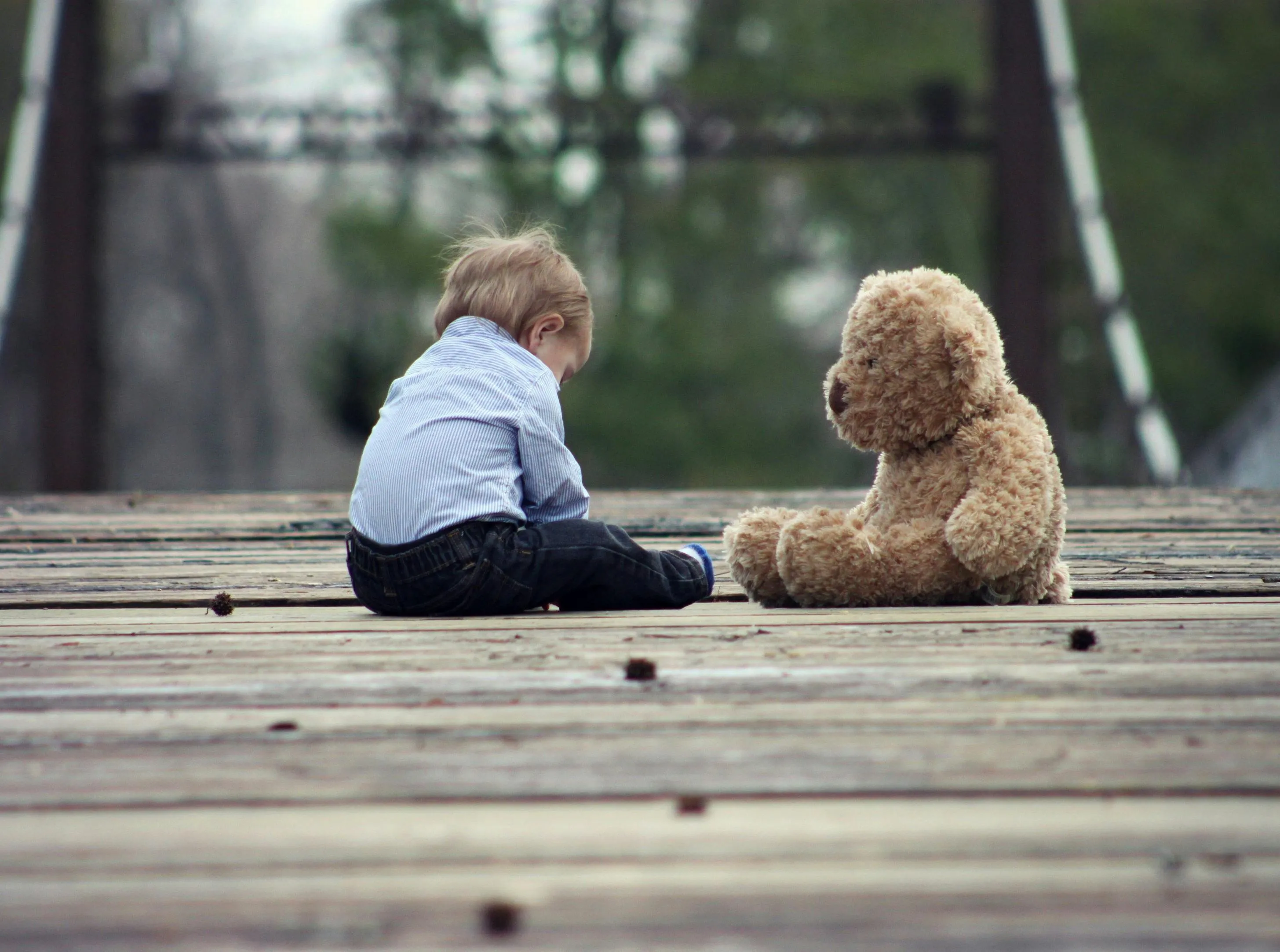



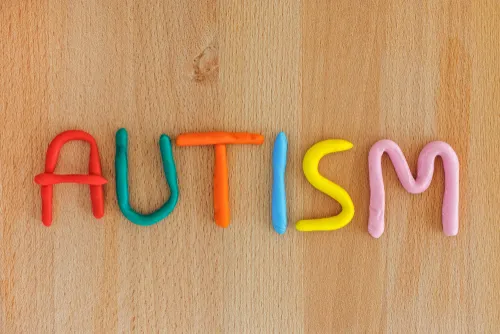

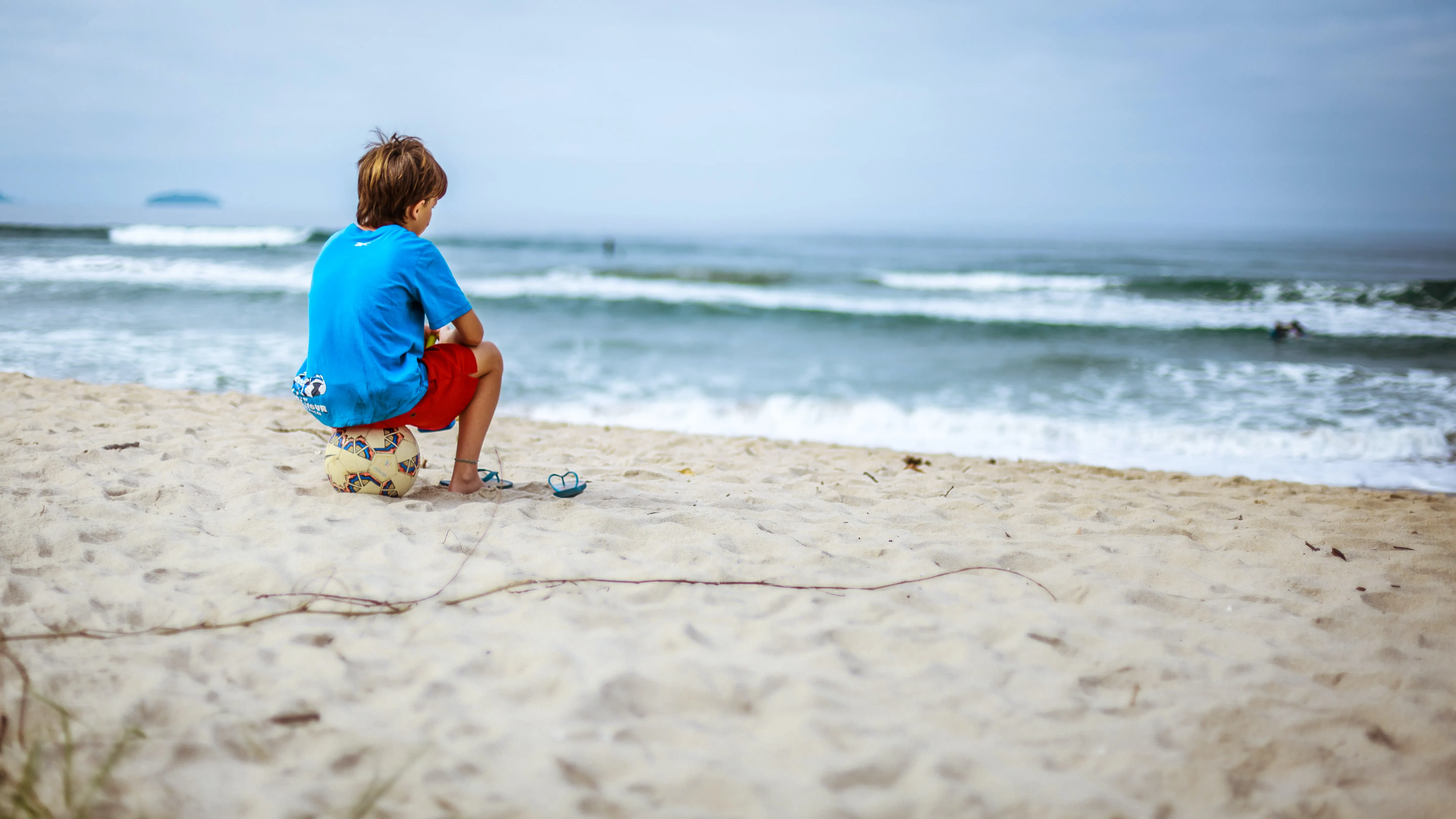

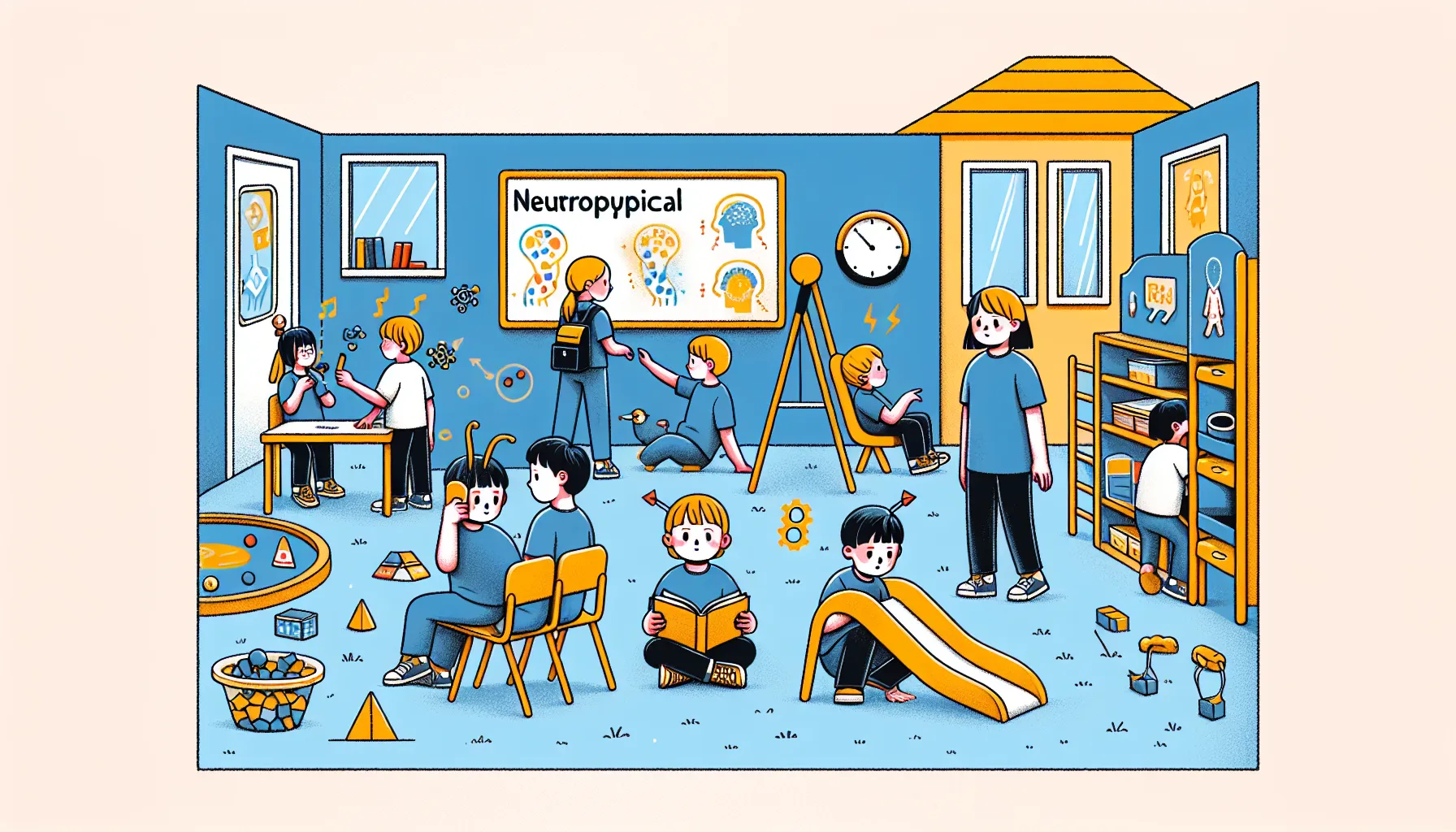


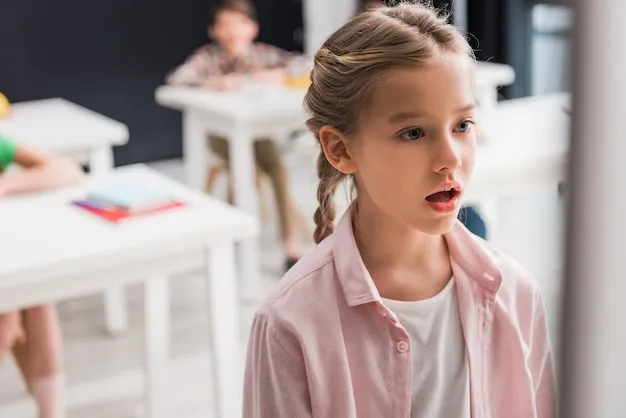
%2520(1).jpeg)
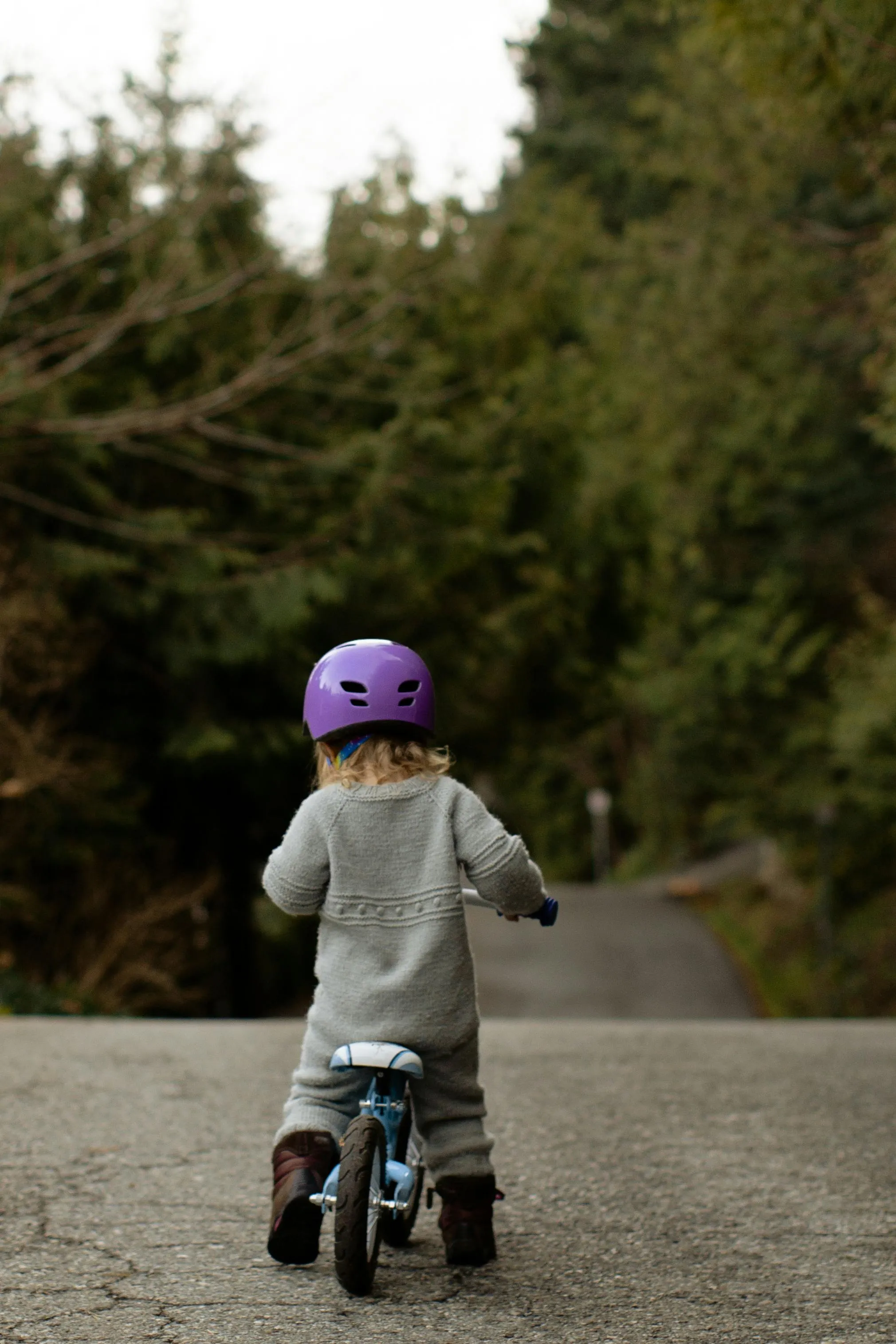
.jpeg)
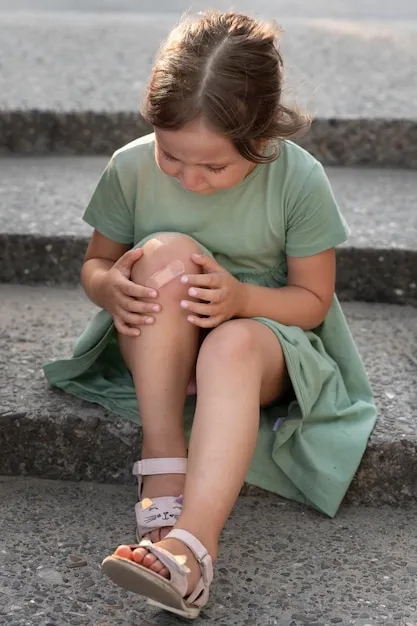
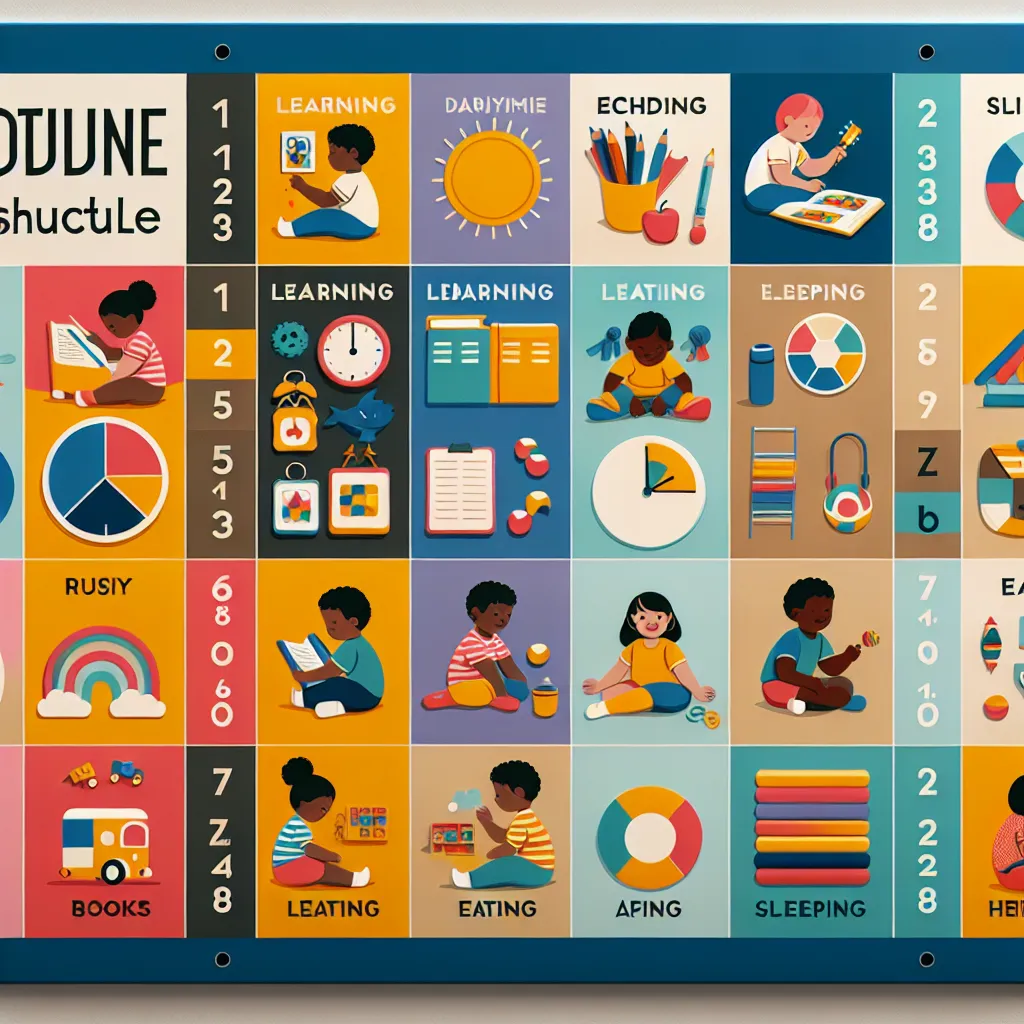
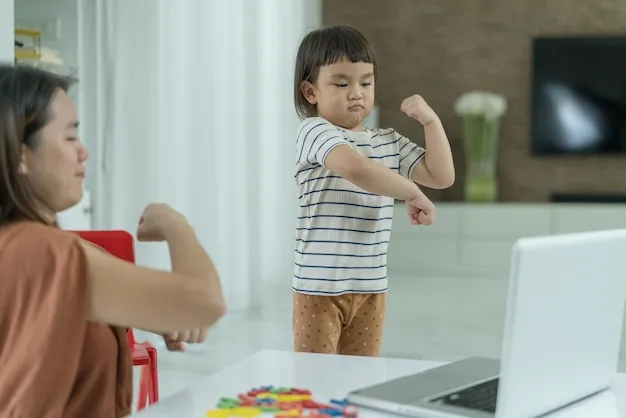


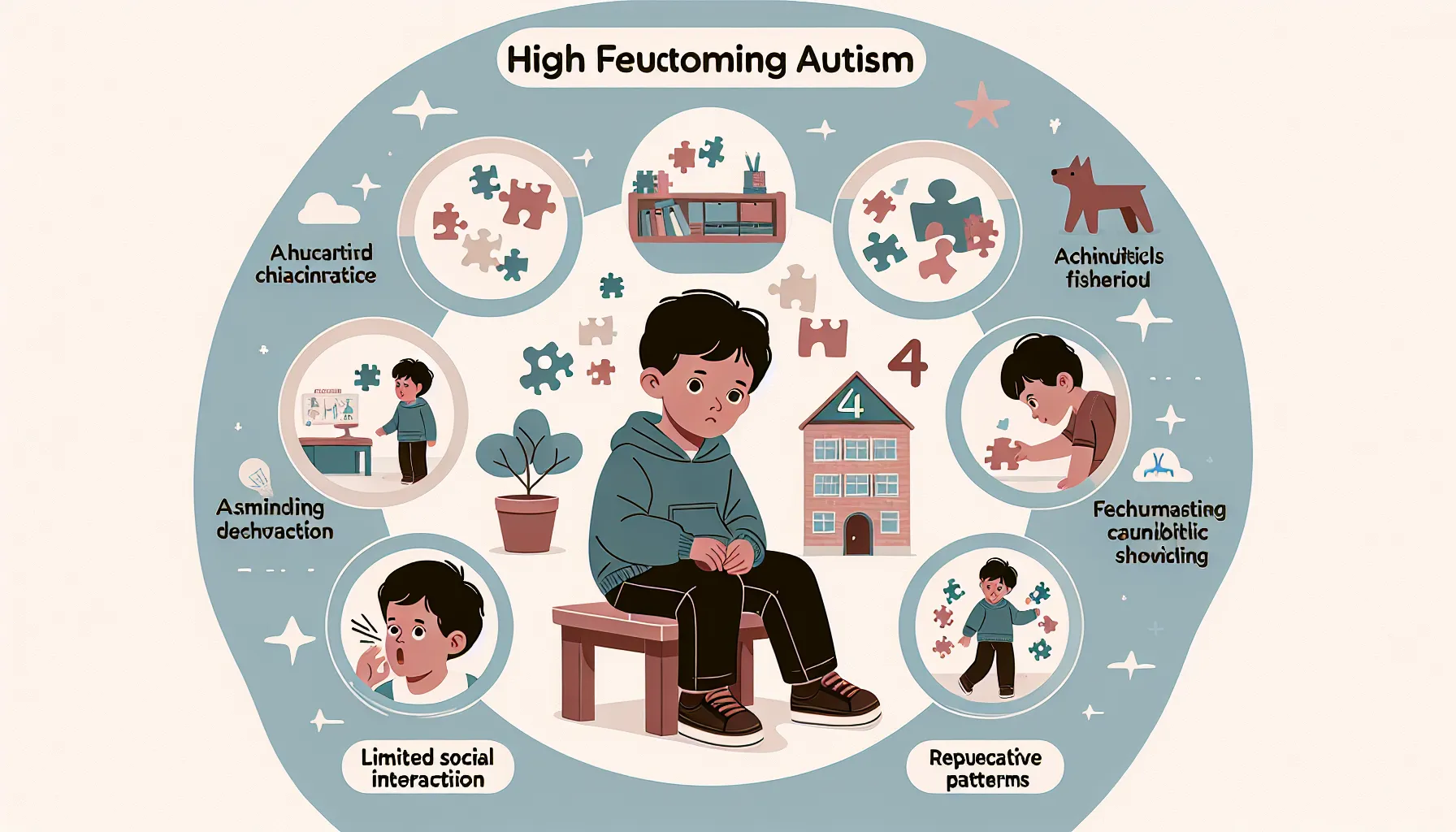
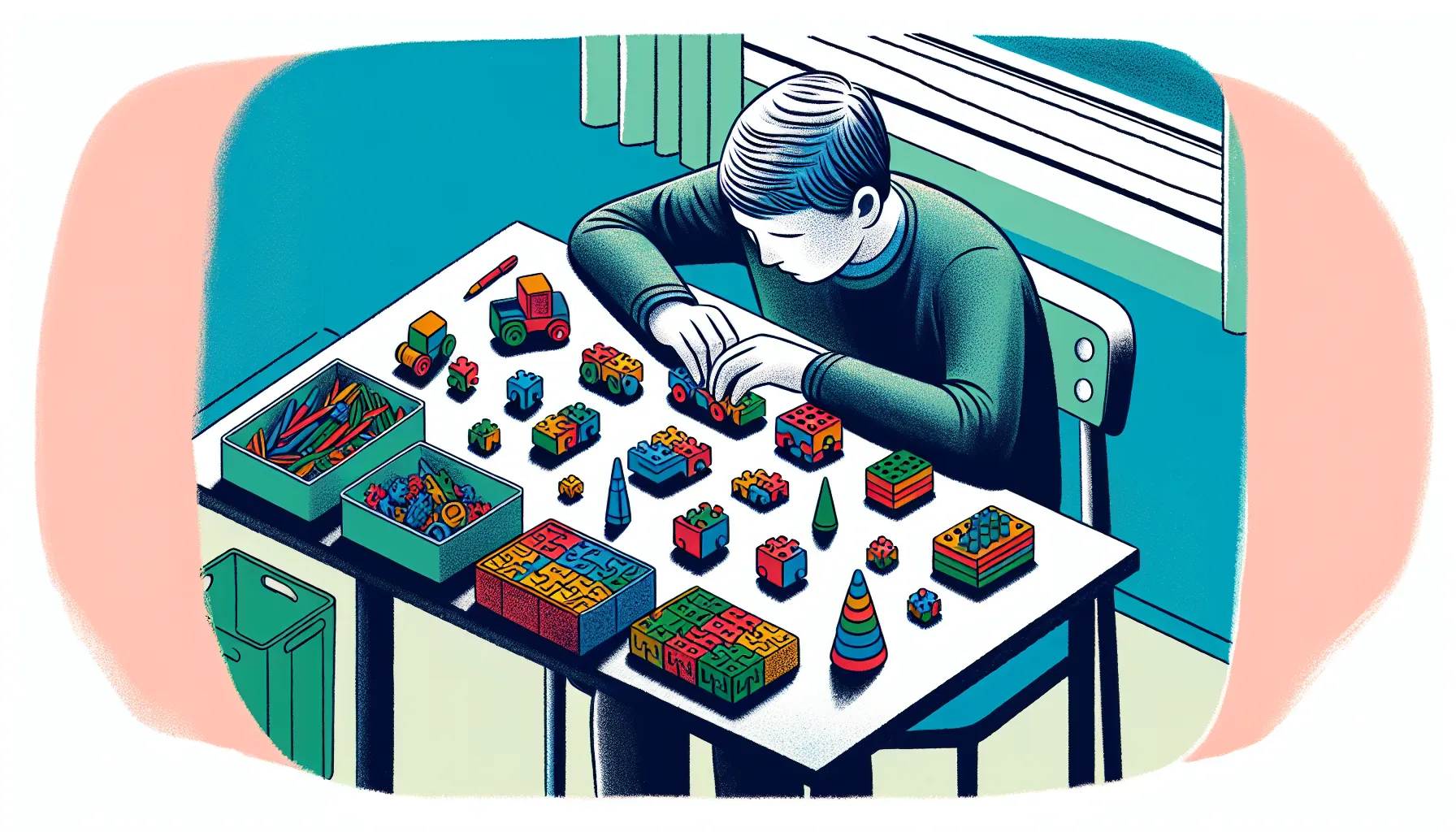


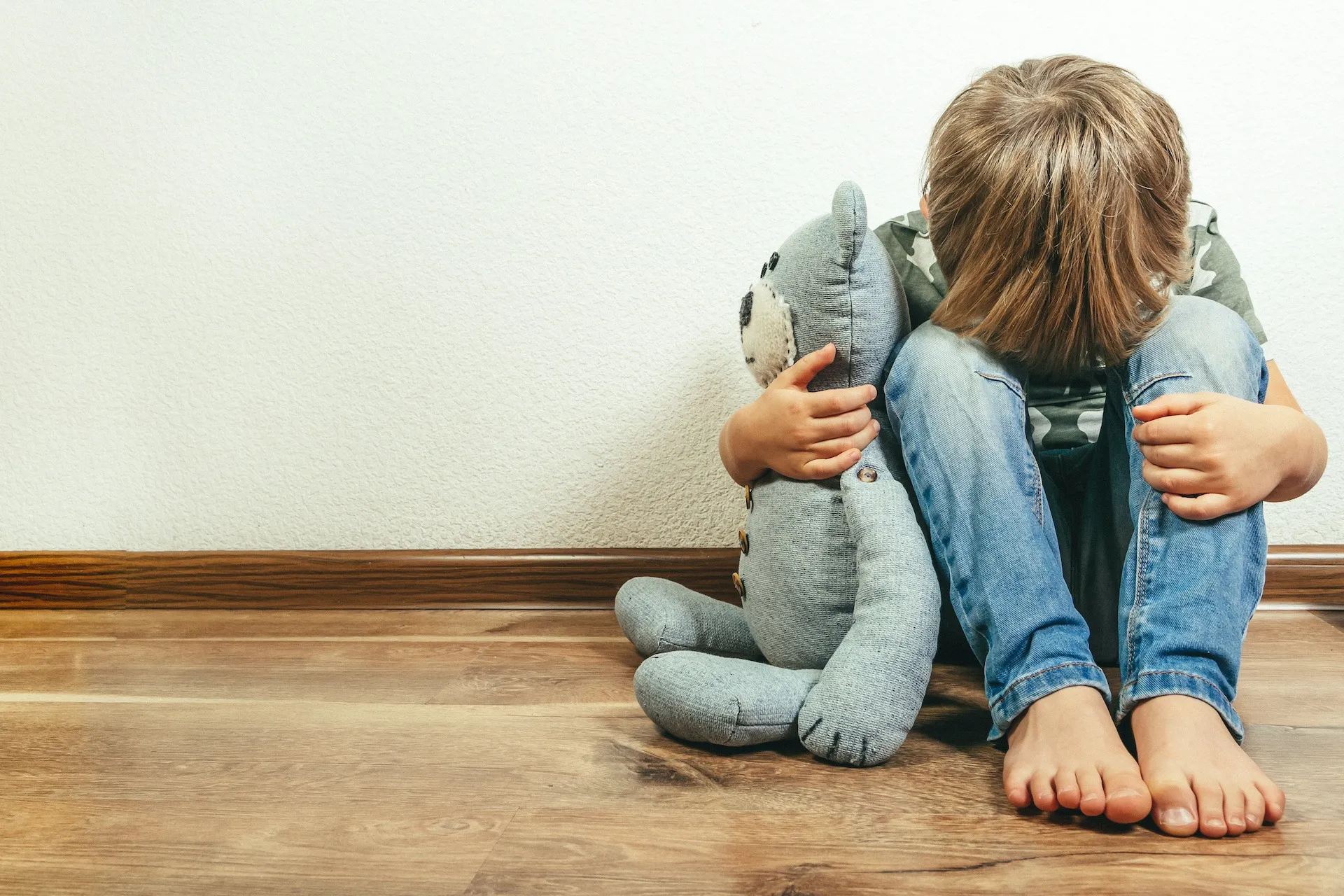
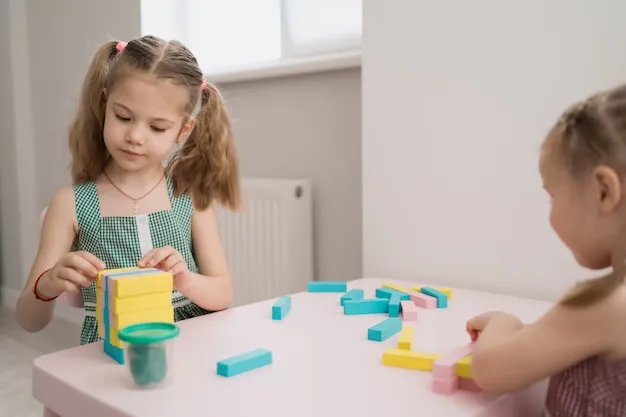

.jpeg)

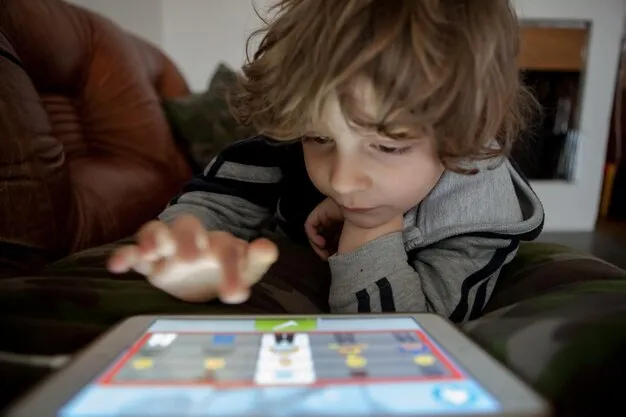








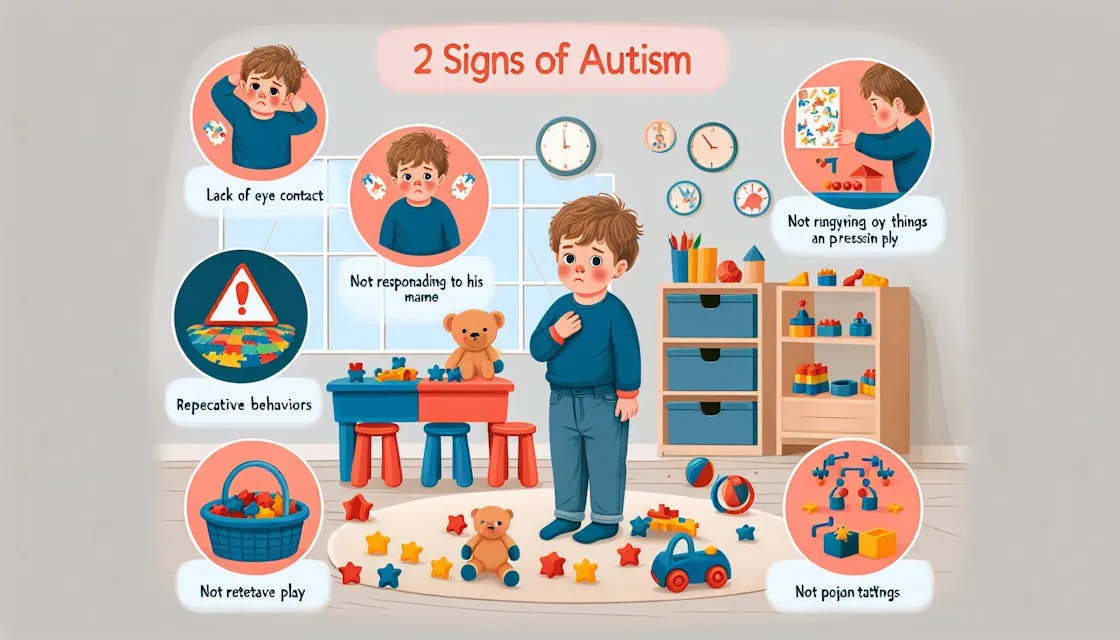
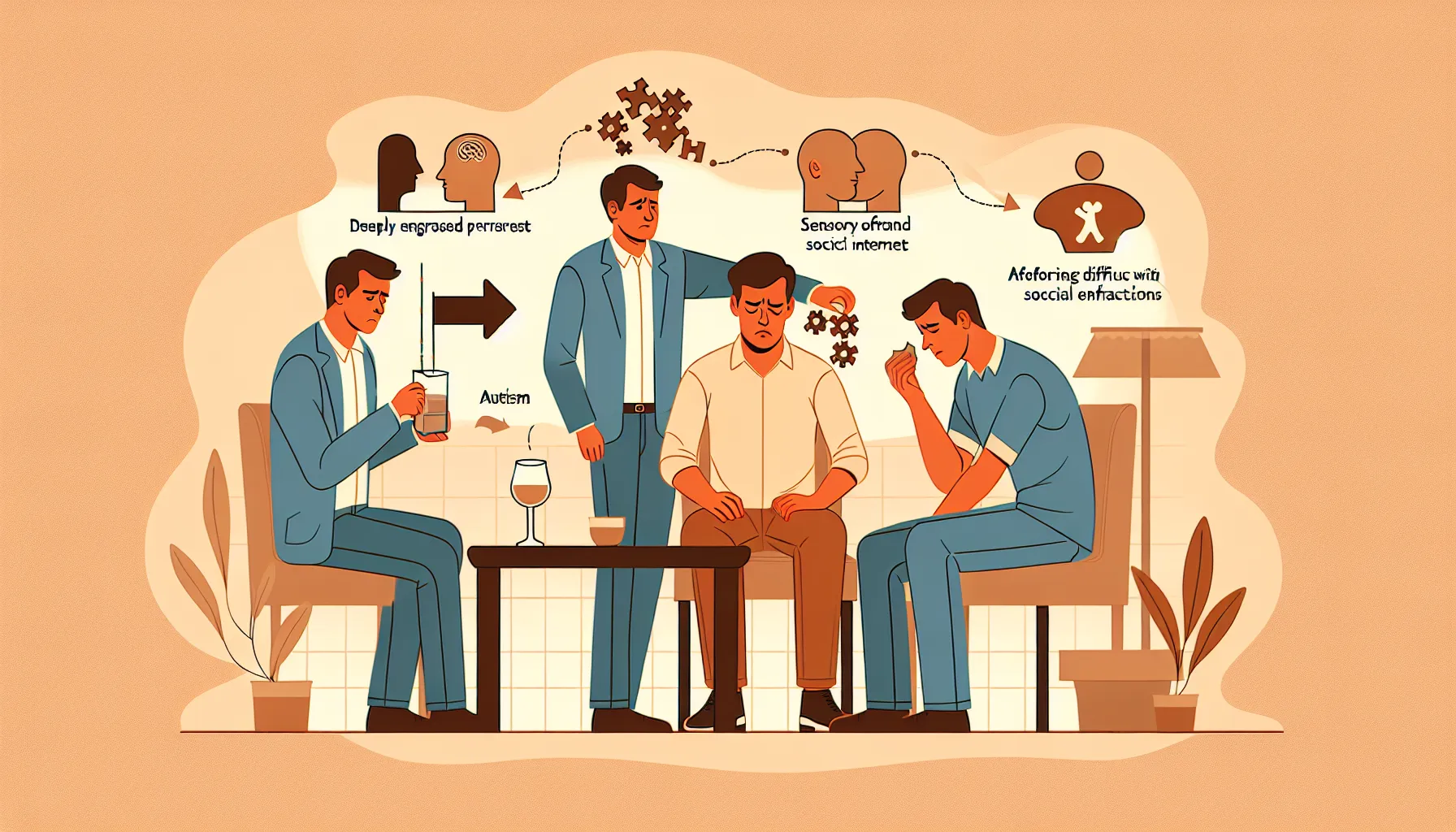

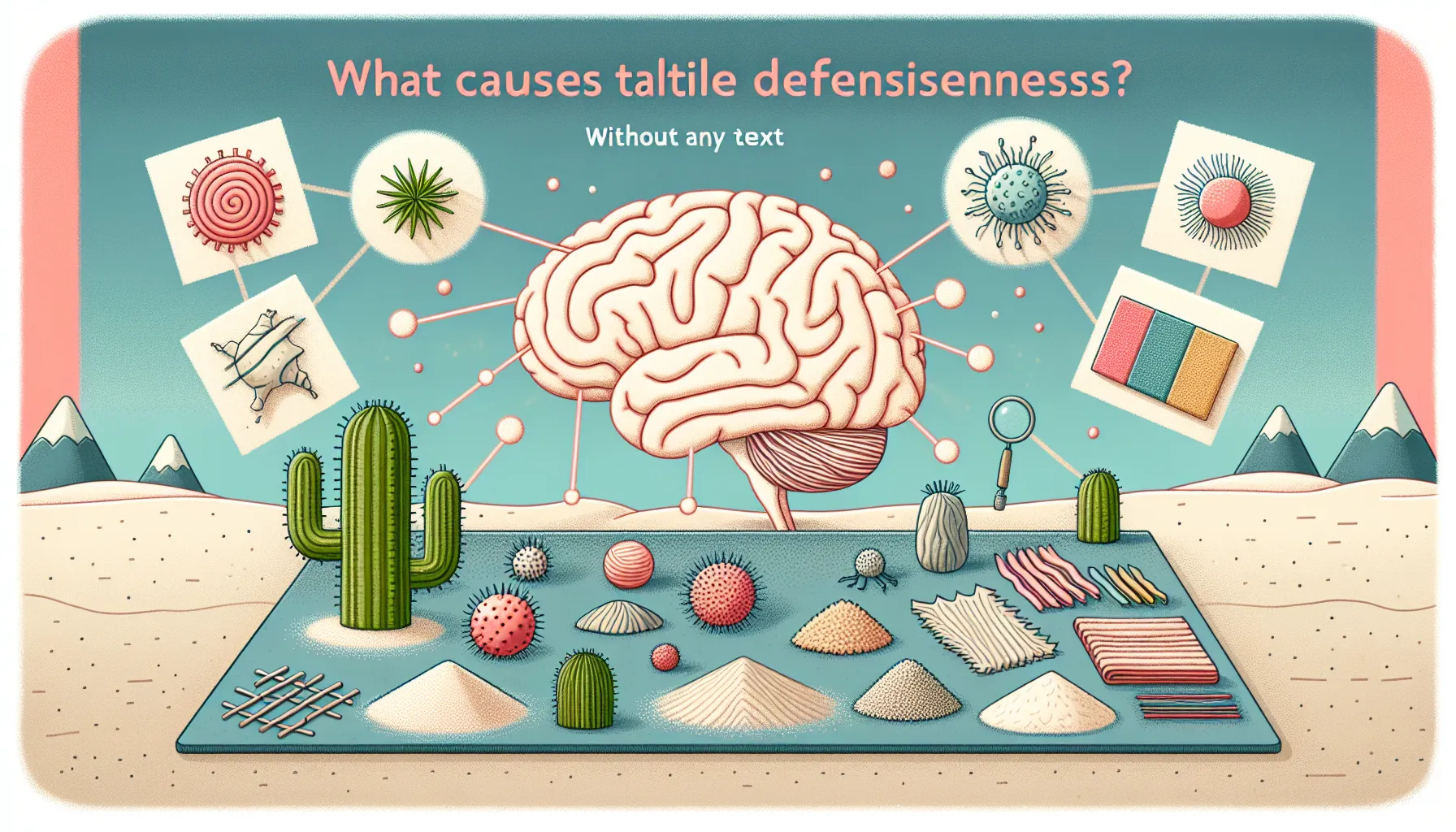
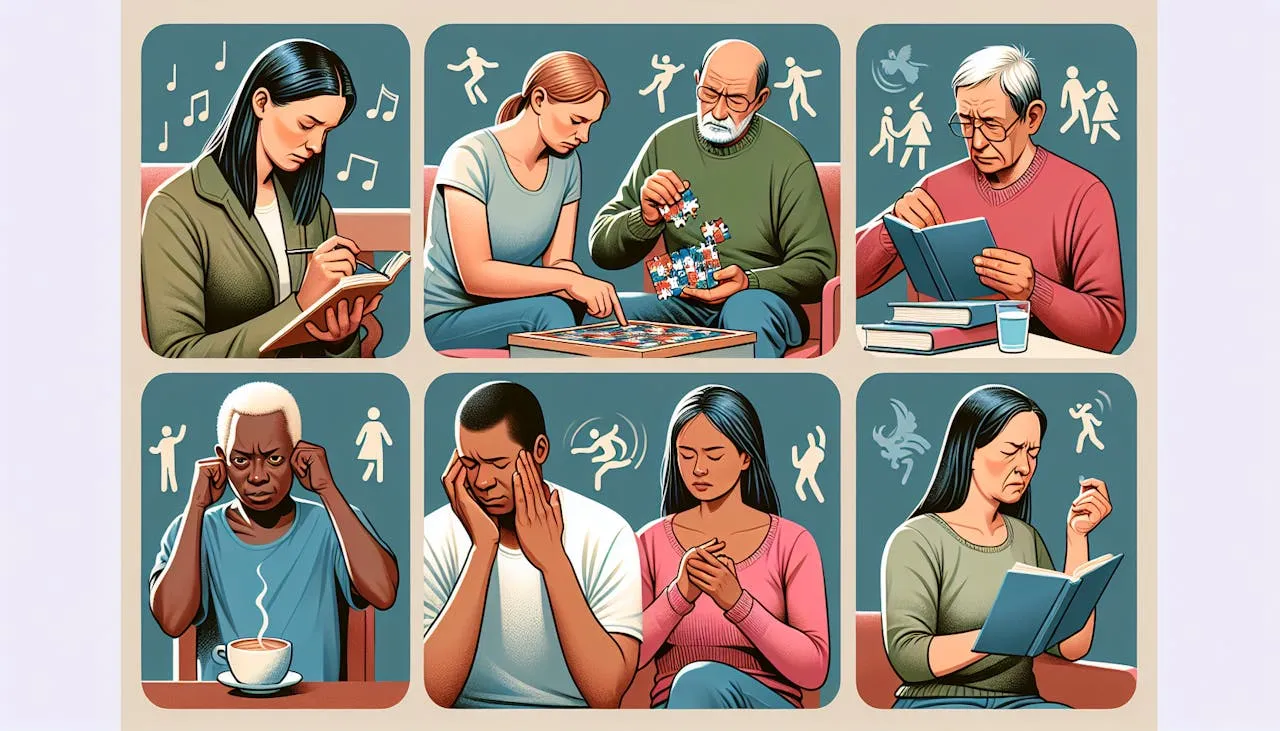



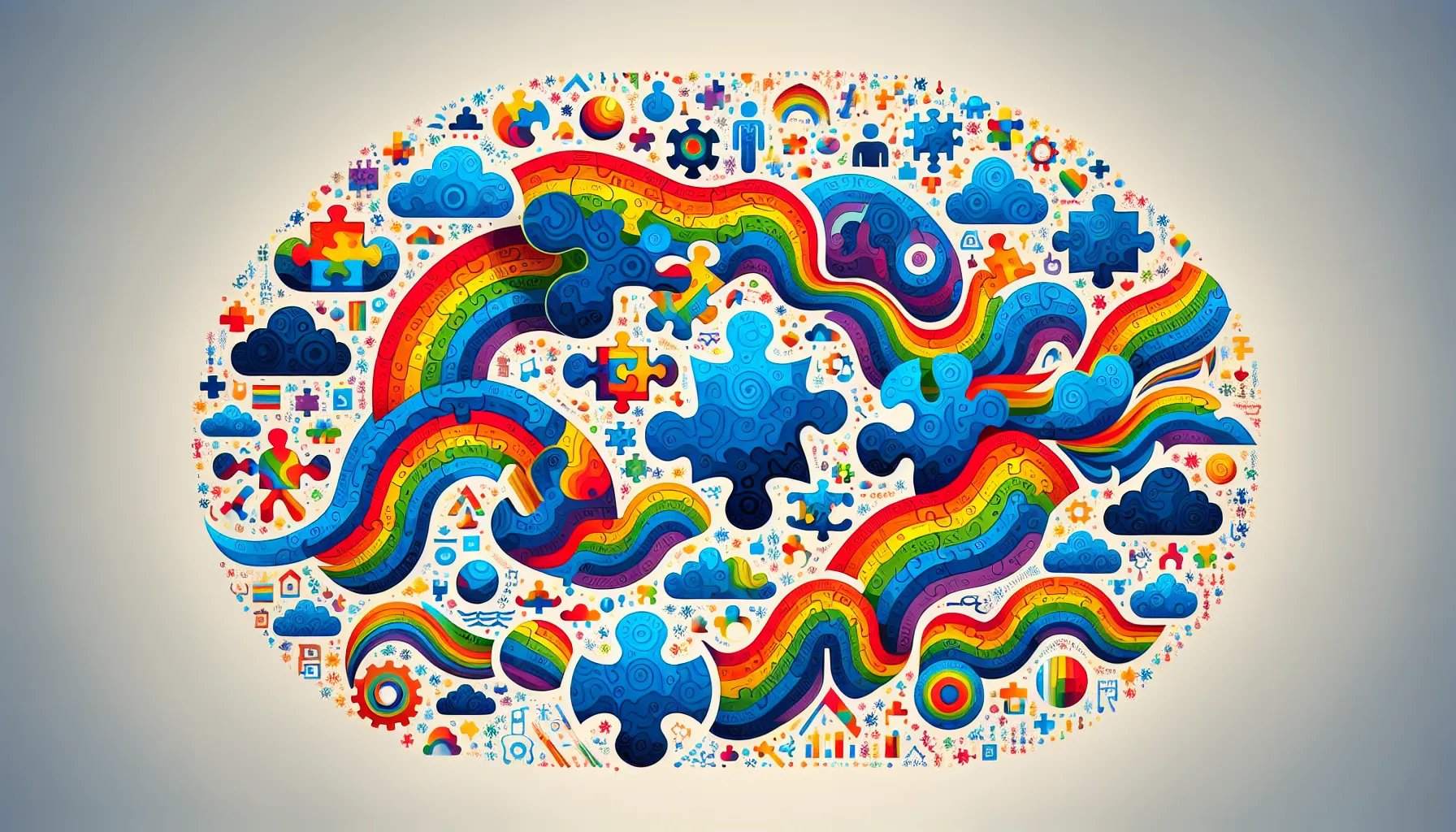
.jpeg)

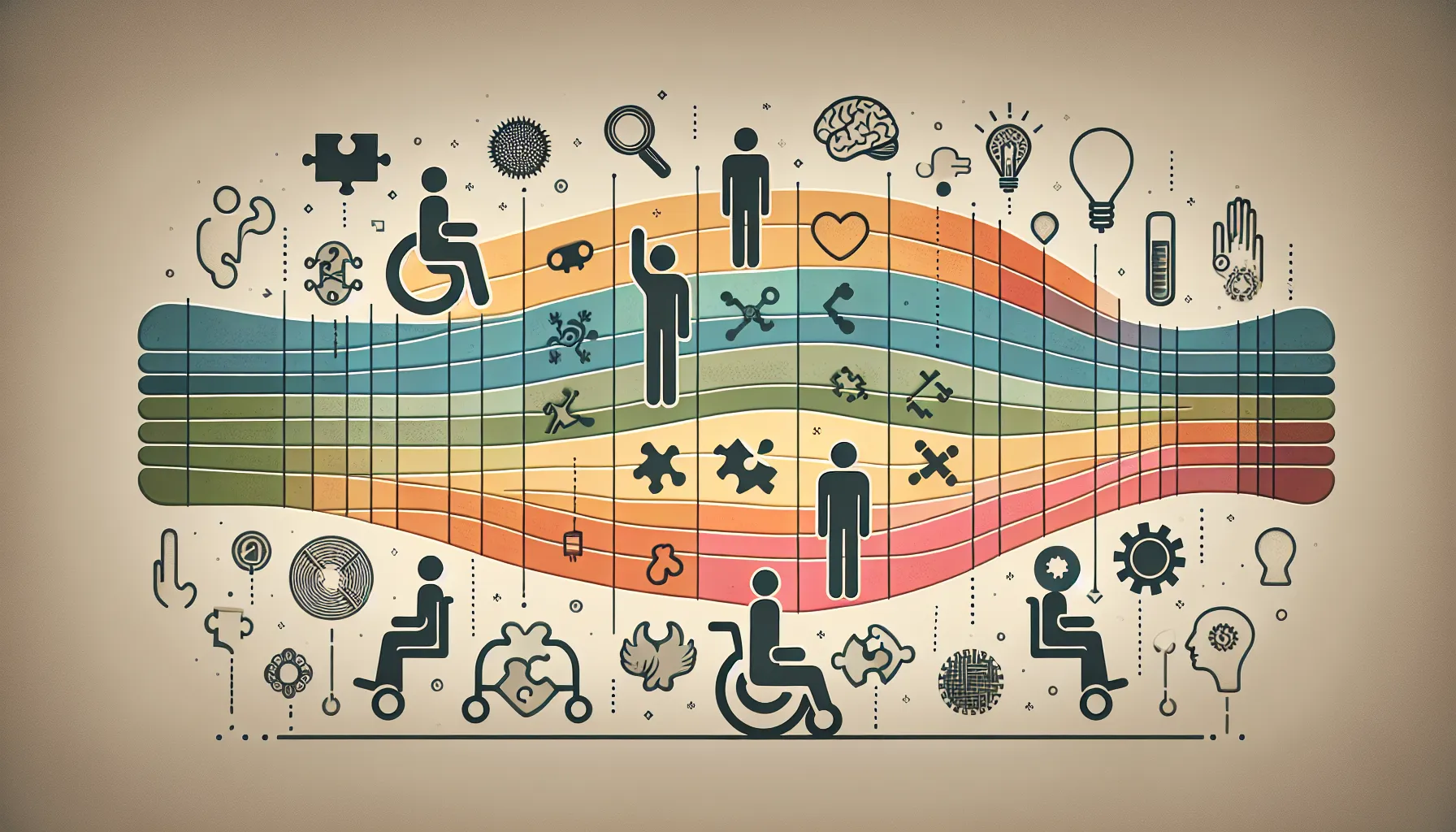
.jpeg)
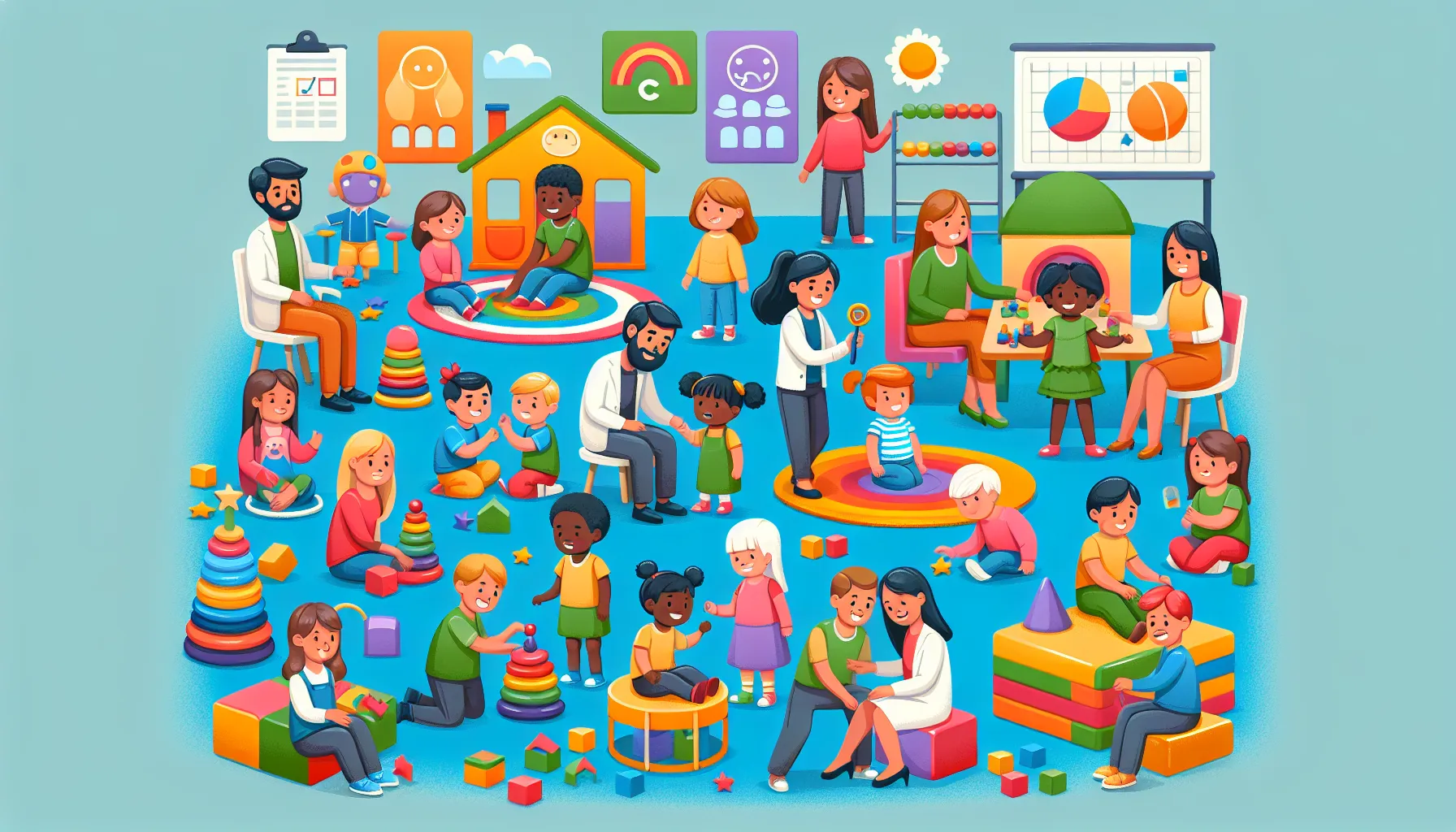


.jpeg)






